The retreat in Portland, Maine was this year’s last of three Maine retreats. The faces of my ladies were, of course, familiar to me, since to qualify as advanced, these students need to have taken at least two previous five-day classes of mine. This ensures that they’re ready to jump in with both feet without the regular preliminary explanation or demonstrations from me.
However, two of the faces were new to other returning students: Nancy Semich—above and below with her collages, and Charlotte Lorenzo, following, with her fish and cassowary quilts. They both brought their quilts along to show them to me finished and to familiarize others with what they’ve done in past classes.
Nancy’s birds, “A Tapestry of Quails,” were begun in last September’s class in Sisters, Oregon. She has a lovely sense of the visual texture found in fabric prints, and it was fun to see a very different species of winged animal evolve this week. Nancy had already collaged her dragon’s head and neck prior to class, where “Meraki” began to take flight. Her growth can be seen in the in-class student work slideshow further in the post.
These next two quilts, the goldfish and cassowary, are by Charlotte Lorenzo (pictured above with her great smile). The goldfish, “Bold Gold,” was a surprise to me. Charlotte made this big fella on her own—saying she’s quite taken by this collage process—and has continued working with it between classes.
I first met Charlotte and her sister Laura Webb (who had to cancel out of this class), in a 2016 Texas retreat, and again at a 2017 Empty Spools Seminar in California. To read more about Charlotte’s quilt, “Sydney A. Cassowary,” and a completed collage portrait of her and Laura’s dad, check out this past Finish Line post.
Some of the other students in class brought collages they began previously to continue to work on.
For example, Laurie Levesque’s Boston terrier Suzy made her first appearance in April 2018, at an all-levels Maine Retreat , then again at last year’s advanced class. This year she worked on flowers for Suzy’s nearly completed background in her “downtime,” as she began a new collage—a double-portrait of her daughter and granddaughter.
Laurie set-up a cozy corner for herself, her two collages, and a selection of fabrics reminiscent of a fabric store booth at a quilting event. She graciously offered her stash to others in need of specific color or patterns in their fabrics, or just to paw and drool over.
Another multi-year student, Lynda Flynn, began this quilt below, of her dog prior to the MISA West, Tucson AZ. Like Laurie, she took a day to work on final details and background ideas before getting started on a new collage of four (nice and big) burrowing owls.
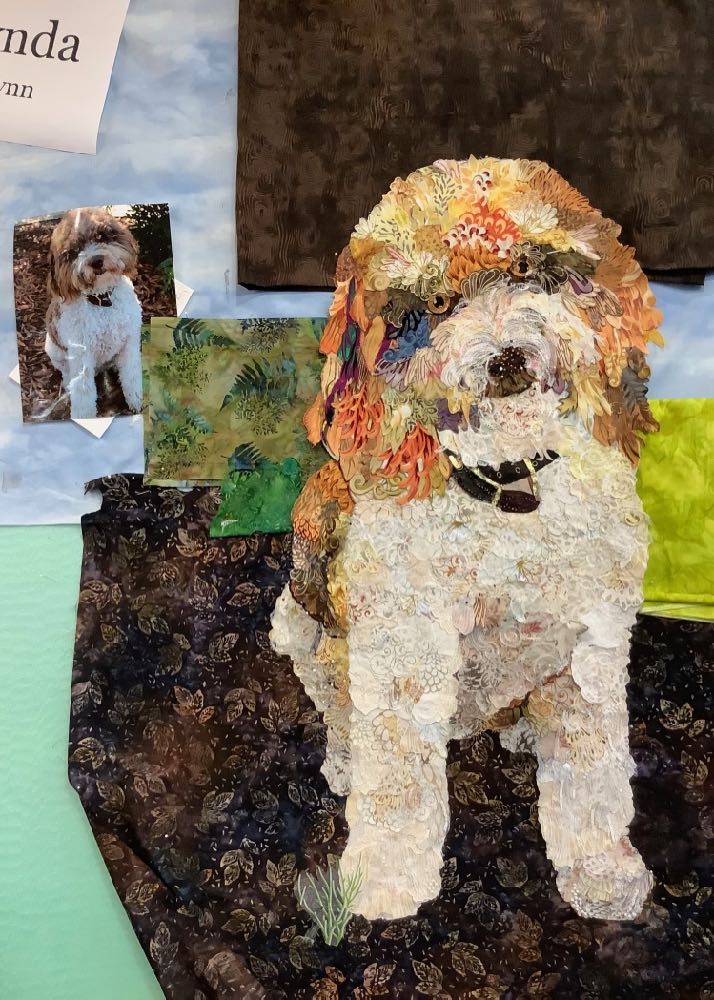
When Lynda asked about color values and how I felt the reds of owl #1 were working (below), I brought out a tool that many of know of, but tend to forget between collages—the mono, or black and white option in the photo apps of our smart phones or other devices. It’s a tool to help see how value creates form.
The lights and darks of a piece define how it takes shape in our mind’s eye, but sometimes the colors we use in our quilts confuse our ability to see whether we have the values right. One way to overcome that problem is by taking a picture of the quilt and converting it to black and white. Once in this format it’s relatively obvious if there are problems and where they lie. Do shapes blend together? Are shapes supposed to blend into one another but don’t? Does there need to be an intermediate print or shade of fabric to bridge the gap between the two values? It’s a little more straight-forward in a black-and-white option.
Also returning to class were Darlene Determan, Joanne Hannon Shaw, and Marilyn Davidson, pictured with me below left. Each of whom has completed so many collage quilts, we’ve given each their very own blog post, linked with their names above. Their new projects are just as stunning as their previous ones.
Darlene, above right and below, set her sights high to get the “first draft” done of three pets—as an upcoming wedding gift for a niece. She did arrive with the dog mostly in place, but still, I was dubious. But she did it, getting the basics of all three animals in place, by staying focused and on task.
Joanne has been creating collage quilts of wild animals for years now. This year, she decided to take on her own pampered pooch, Ollie, below. Knowing that his facial features of eyes, nose, and mouth would be most crucial and take her the longest to do, she says she worked on them for 3 weeks before coming to class. I had a hard time finding anything to improve on. Joanne’s goal for the week was to get Ollie’s muzzle in place. She did that, and then some.
And Marilyn, who has a love and talent for faces and figures, came with the wish to add some glitter to the portraits of her little princess granddaughters. An earlier version above has some golden tulle pinned onto one girl’s head. Various versions of lace and glittered netting went on and off, so much of this process is trial and error, but each step got closer to a finished version.
One of the days, Marilyn started cutting up a Disney princess (of the classical variety) printed fabric for a background possibility. The fabric print included writing, like storybook pages. She cut, collaged, and wound the words and characters around the her granddaughters’ faces, below. It does exactly what a background is supposed to help with, telling the story.
Then, in the photo below left, she tried a couple different glittered tulles in pink and gold on top of the background only. Something like this would add the princess sparkle to the piece, though not overpower the girls with too much sparkle. Tulle on a background can also tone down the background if it’s trying to compete with the subjects themselves. We’ll have to see what Marilyn now does to complete this piece.
Please enjoy the project progress shots of these and so many other talented ladies in the slideshow below. I feel very fortunate that they have returned again and again to share their time and creative energy with me.
Student Work Slideshow
Timing is everything when trying to get a class photo taken, and two of my ladies weren’t present when that moment came. So, sitting in for Vickie Ostrow and Christy Beard, are the in-progress portraits of their grandchildren, left to right above.
The rest of us are pictured in class photo below, left to right: back row—Marilyn Davidson, Charlotte Lorenzo, Laurie Levesque, Kaye Burns, and Cynthia Chaddick; Front row— me, Julie Peterson, Nancy Semich, Darlene Determan with Claire, Joanne Hannon Shaw, and Lynda Flynn.
As in previous Maine retreats, I brought along a harvest of my mama’s stuffed fabric pumpkins—Oma’s Pumpkins—for my class to purchase if they chose. They brightened up our space with a touch of the harvest season. My mom has been bitten by a pumpkin bug this year, and she’s still making more. Not only is she proud that she uses repurposed sweaters and fabrics for the outsides, but she stuffs them with the cut-off leftovers and any other castaway fabrics she can find for the insides.
And another unique touch that brightened our days were the bits of sayings that appeared at everyone’s space every morning, pictured below. This may have been Nancy Semich’s first advanced class with me, but she came prepared to share bits of herself with all of us. Of course my favorite was the one about scraps and collages.
This final Maine Quilt Retreat of 2019 ended on a couple bittersweet notes, feeling like the end of a couple eras.
First, it turned out to be our last time to have Darlene’s little Yorkie, Claire, quietly and agreeably grace one of my Maine retreats. She has been part of these classes off-and-on over the years—sometimes “in person” and sometimes as an intently scrutinized collage subject. By the end of this week, Claire had crossed that Rainbow Bridge. Her colorful character will forever be remembered and memorialized in Darlene’s lovingly created quilts that can be seen in full here. Thanks for the company and kisses, Claire.
Secondly, I’ve decided to take time off from hosting any of my Maine retreats in 2020. I plan to pick them up again in the fall of 2021. My Maine quilting retreats have become such a tradition for me that it was a tough decision to make. So the feeling in this class was a little like the end of another era, but really, it’s just a pause.
Taking a breather from my Maine retreats was the only way I could see to open up a little bit of time to pursue the new ideas I have, such as new additions to my Online Fabric Collage Master Class Manual—which I’m looking forward to. This past summer Tom and I promised to deliver the first “Module” this fall, focusing on my Serendipitous Sea Turtle design. We still hope to meet that deadline, though it may be late fall before it’s available for purchase (a reminder that autumn doesn’t officially end until the Winter Solstice on December 21st). And then I have another Module in mind for 2020, plus a new quilt of my own, ….
I’m still teaching at quite a few other locations next year, but not an advanced class—until now. As a new venture—starting next year I’ll be taking my advanced fabric collage class a little farther down the road than Portland, Maine (a 45 minute drive from my home). I’ve arranged a 5-day class at MISA (Madeline Island School of the Arts) on Madeline Island in Wisconsin, for my 2020 Advanced Fabric Collage Quilt Workshop. If you feel you may qualify for this class—at least two week long classes with me and a good working knowledge of the fabric collage process—please refer to the write-up below.
_____________________________________
Susan Carlson Advanced Fabric Collage Quilt Workshop
Madeline Island School of the Arts (MISA)
on Madeline Island, WI on Lake Superior
June 8-12, 2020
Dive right into fabric collage as Susan Carlson hosts a five-day workshop for advanced students only—with a prerequisite of at least two or more week-long classes with Susan. This is for students who are comfortable with the basics of Susan’s fabric collage technique and want to get right down to work on a challenging new project or continue a project already started. Susan skips the introductory fabric collage how-to’s and demonstrations and focuses instead on honing in on the techniques that can take a project beyond the basics.
The student’s ability to work independently on a project is important and a studious atmosphere will be encouraged. The purchase of Susan’s Online Master Class Manual is recommended (if you don’t already own it) since “homework” prior to class will be given, and reference to the Manual will be helpful. A coupon code for a student discount of $30 will be emailed after registration is completed. Contact Susan (susan@susancarlson.com) to discuss if you have any doubts whether this class is right for you.
$1170 for the class. Maximum 15 students.
For more information, click here. (Note for you early-bird readers: this link doesn’t go live until 8:00am Eastern time on Saturday, November 2, 2019.)
Lodging is separate and can be viewed here: https://secure.madelineartschool.com/Lodging.cfm?NONID=87. The room rates (Sunday evening through Friday afternoon) for next year will be: $1305 for 2 private rooms with shared bath or $1605 for a private room with bath. Room rates include a meal plan of the five lunches and two dinners.
_____________________________________
Susan Carlson Teaches Fabric Images
at the Wisconsin Museum of Quilts and Fiber Arts
November 2-6, 2020, 9 a.m.-4 p.m.
An All-Levels Workshop
Description
Create a fabric collage quilt of your own chosen subject using Susan’s innovative layering/collage method. Individual design, fabric selection, construction, borders, and quilting will be discussed. Emphasis will be placed on the collage piecing process. Students will draw their design onto a foundation fabric and fill in the design with fabrics of their choice—without the use of templates. For about an hour each morning, Susan starts with a discussion and demonstration that will lay out the basics of fabric collage and will give you the information you need to start your work day. She then visits each student in turn to address individual needs and their project’s unique challenges.
For more information or to register, visit the museum website here.
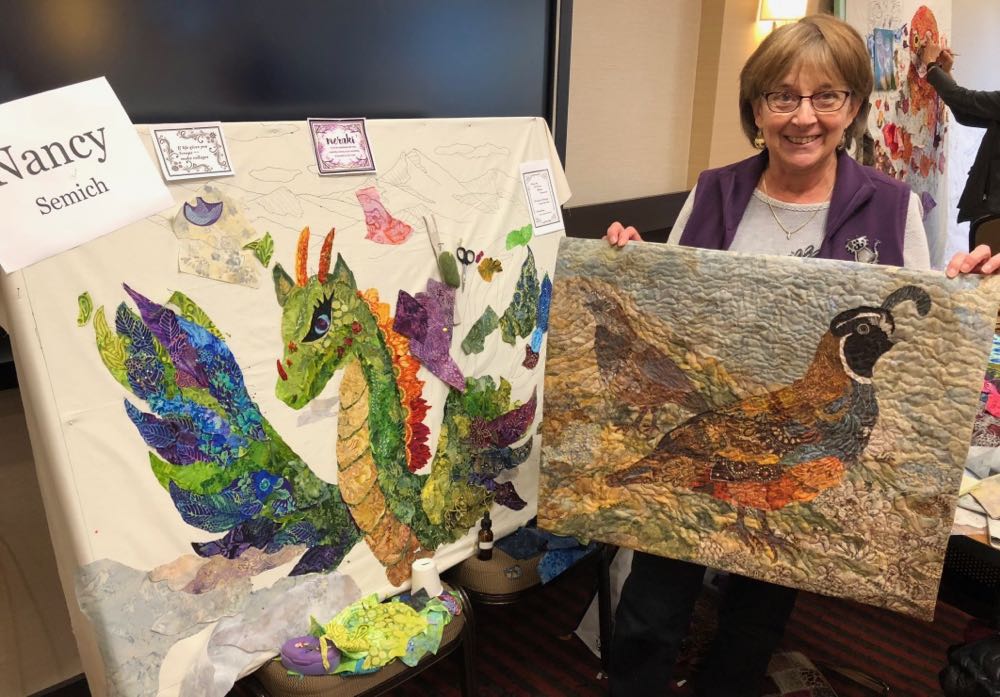



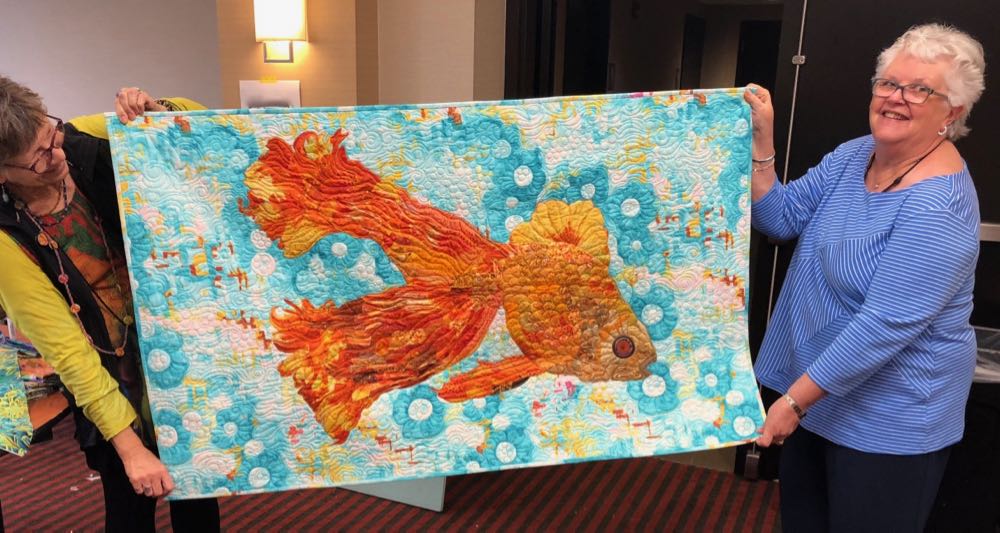


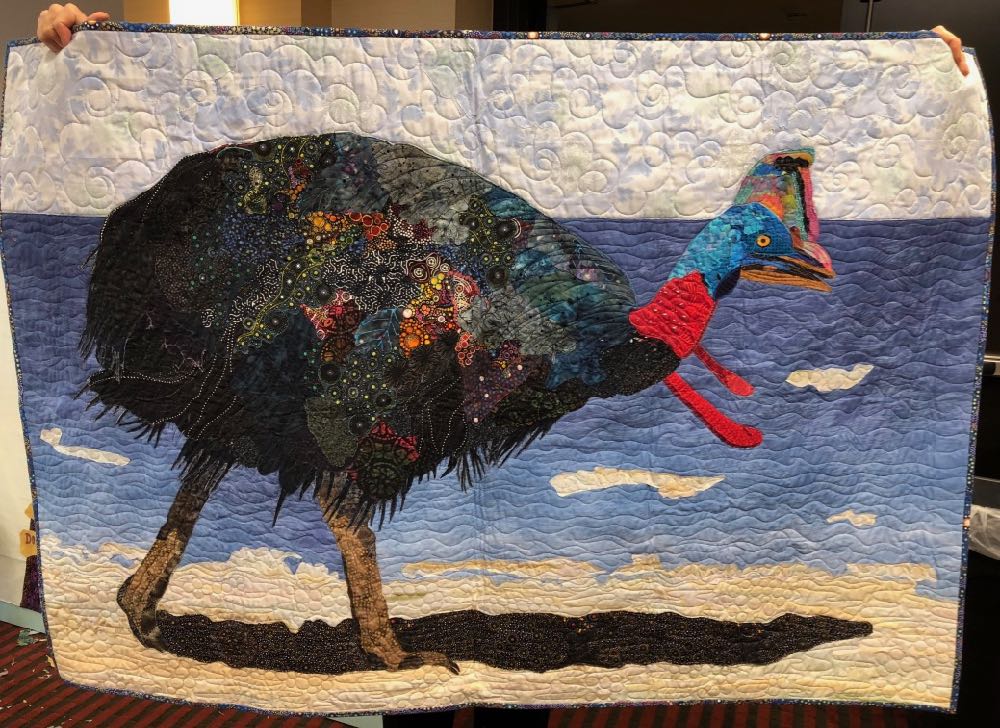
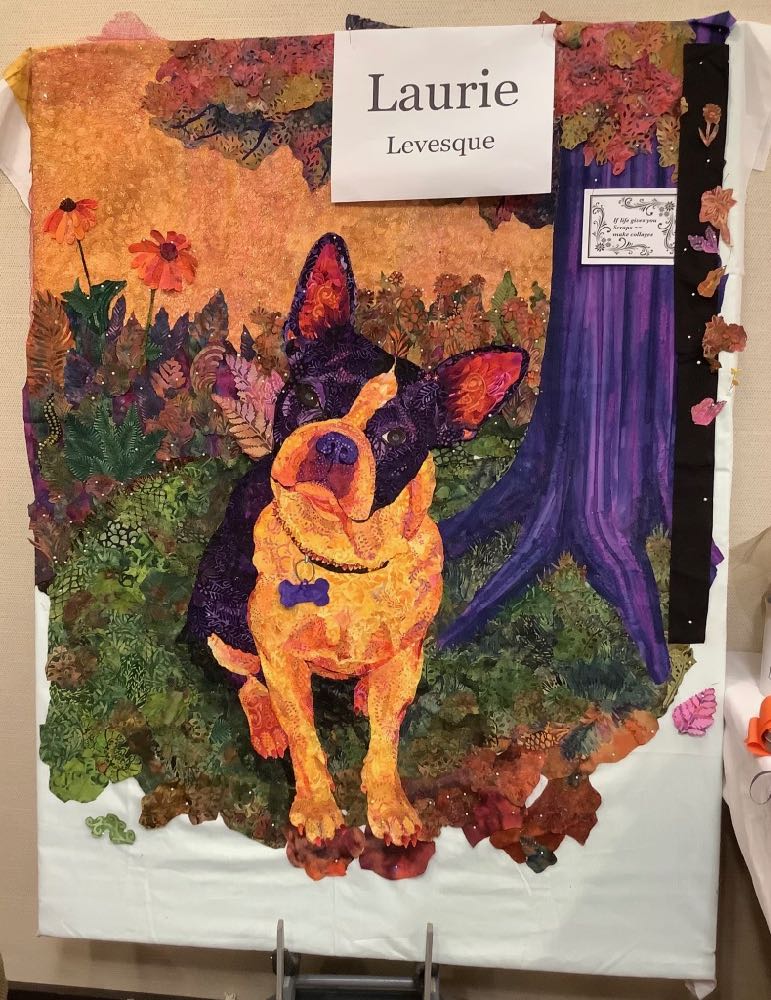
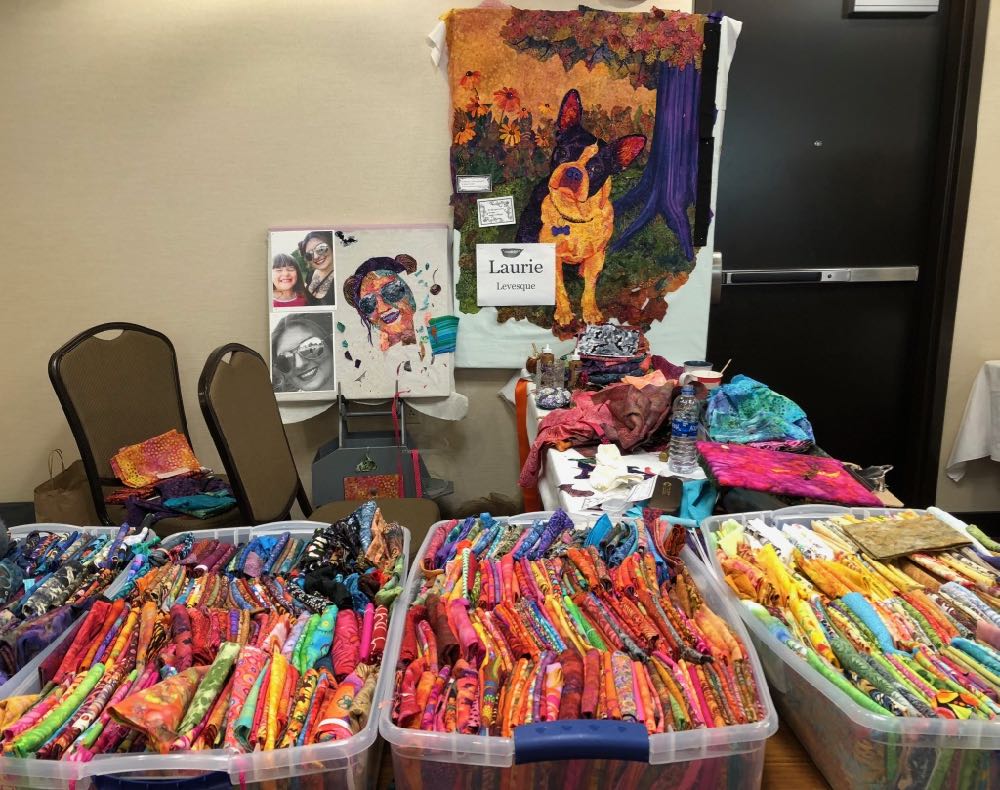




















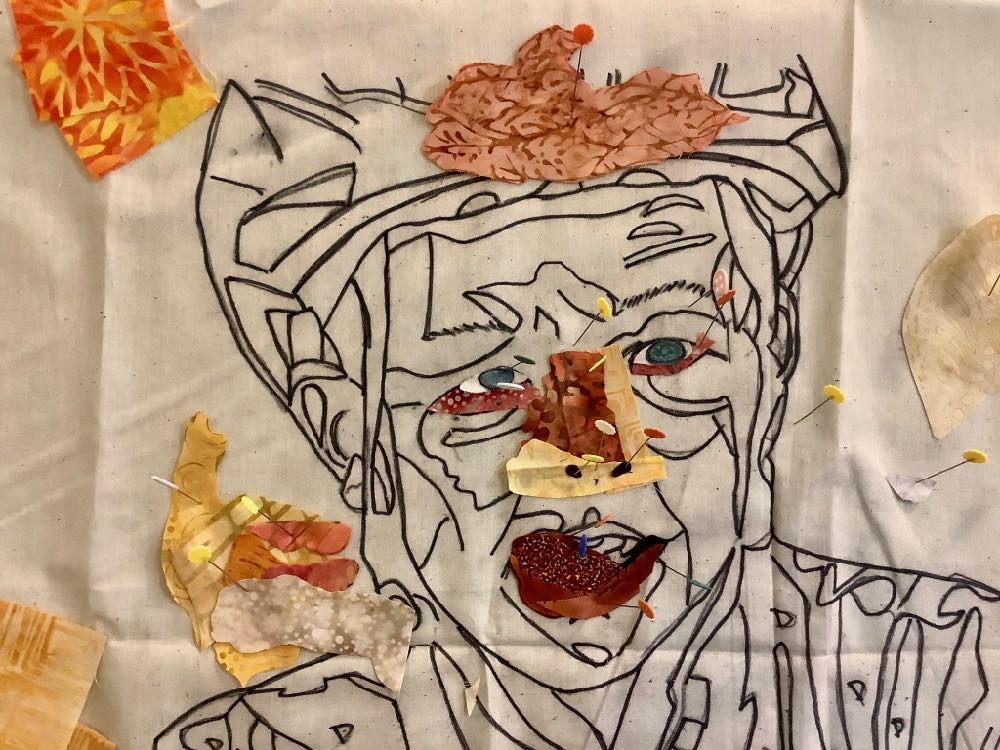
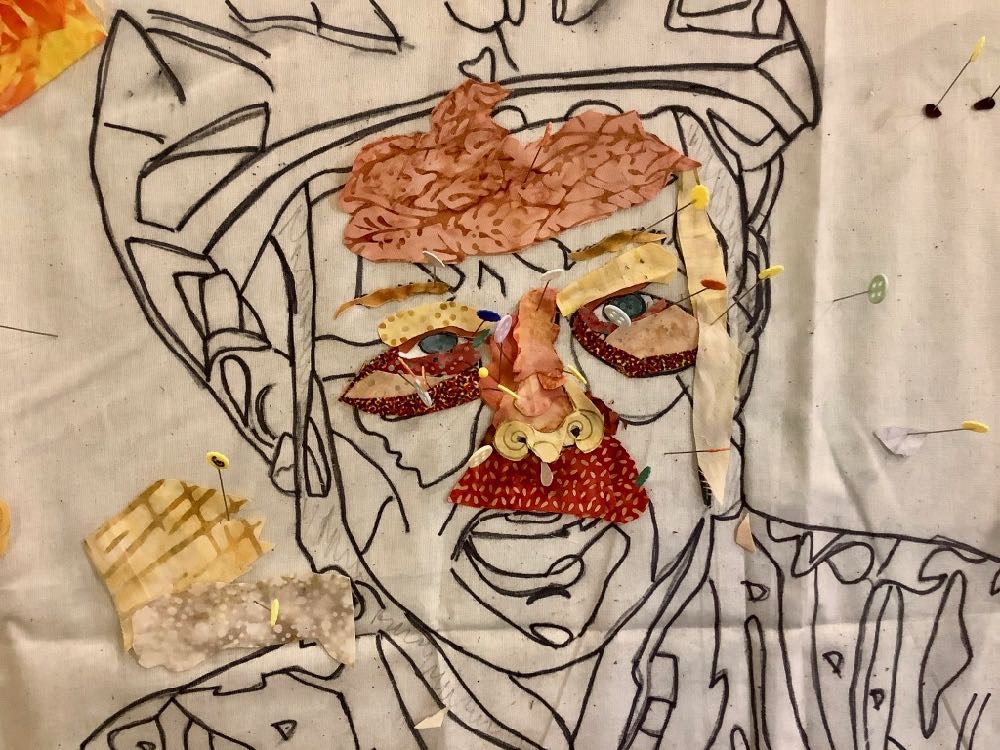
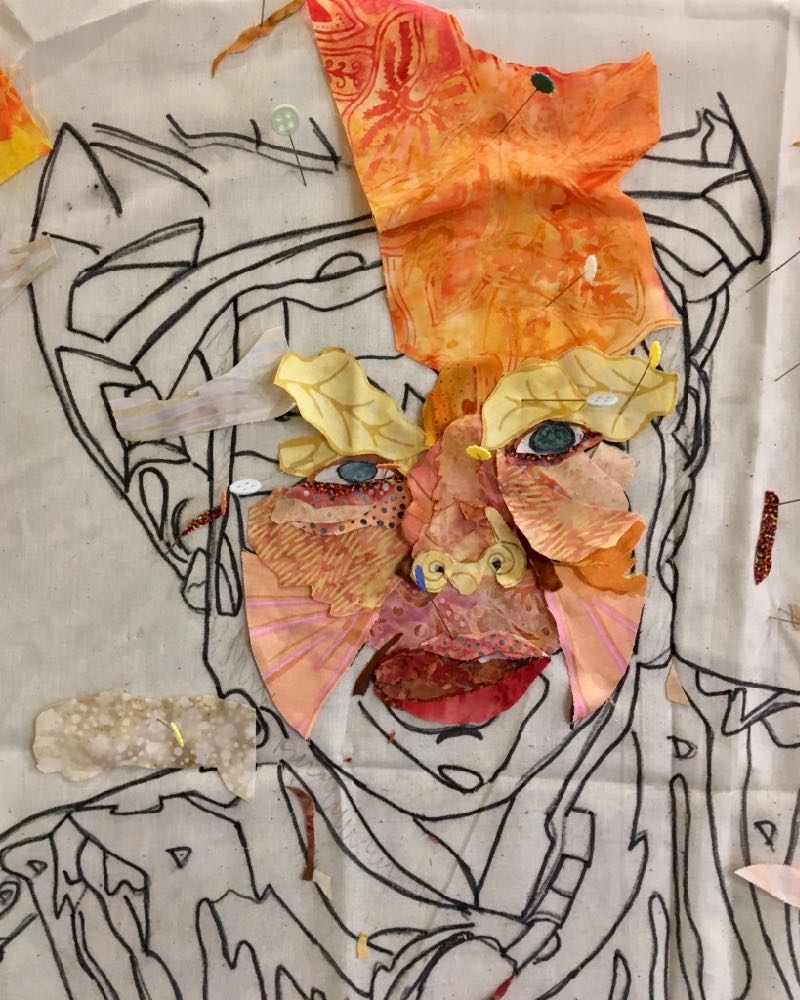
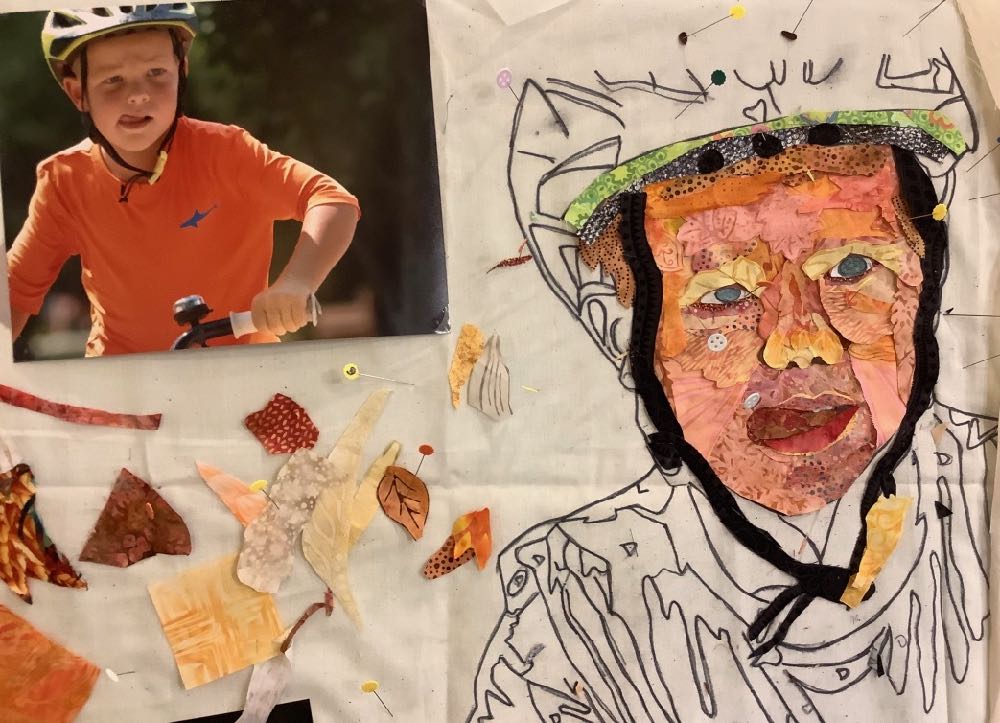
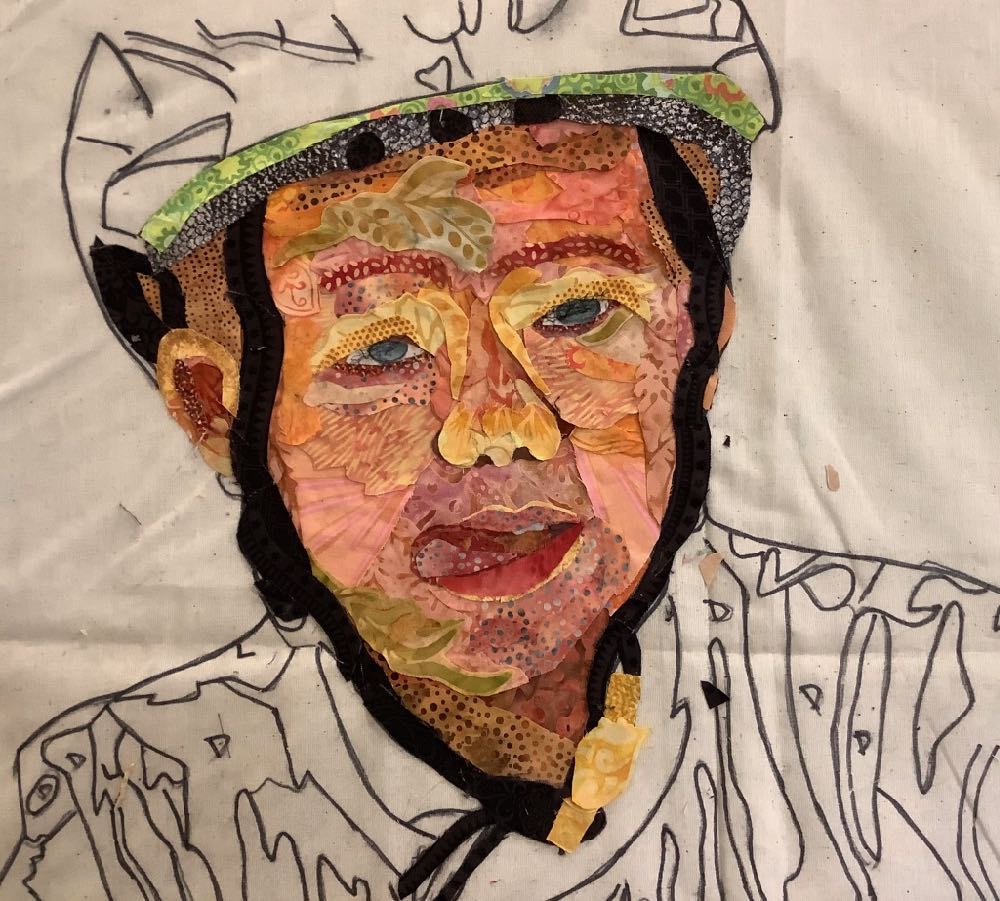
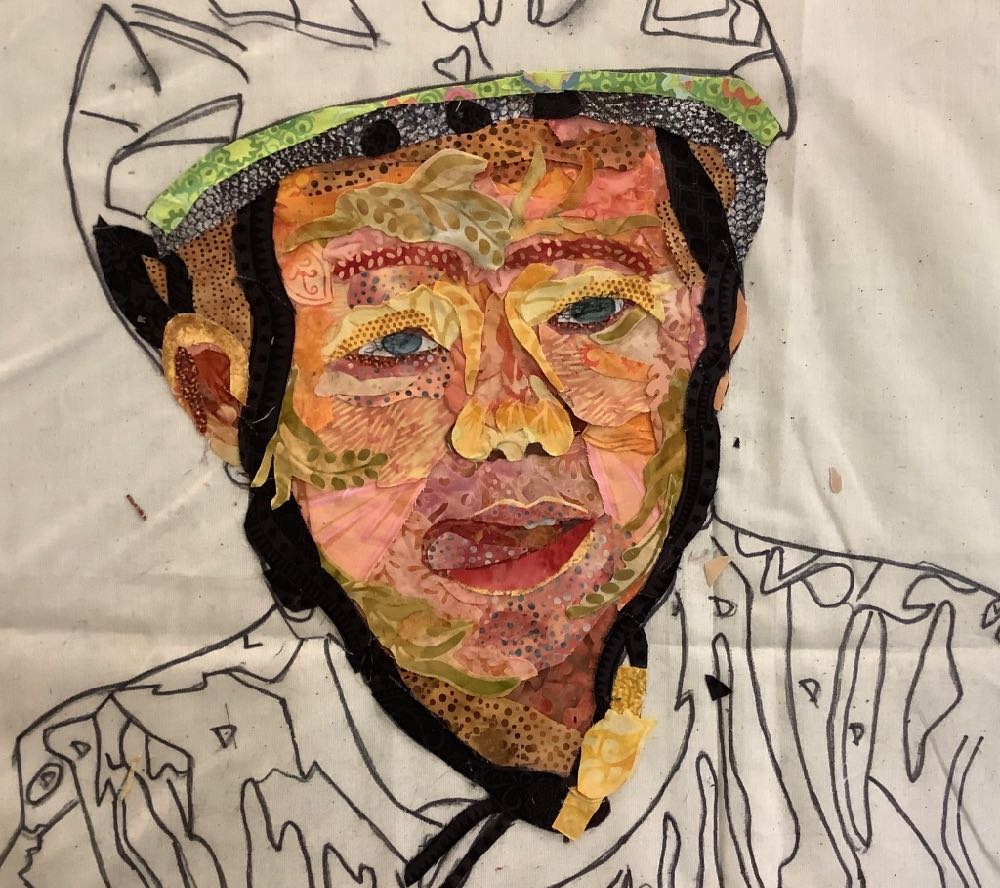
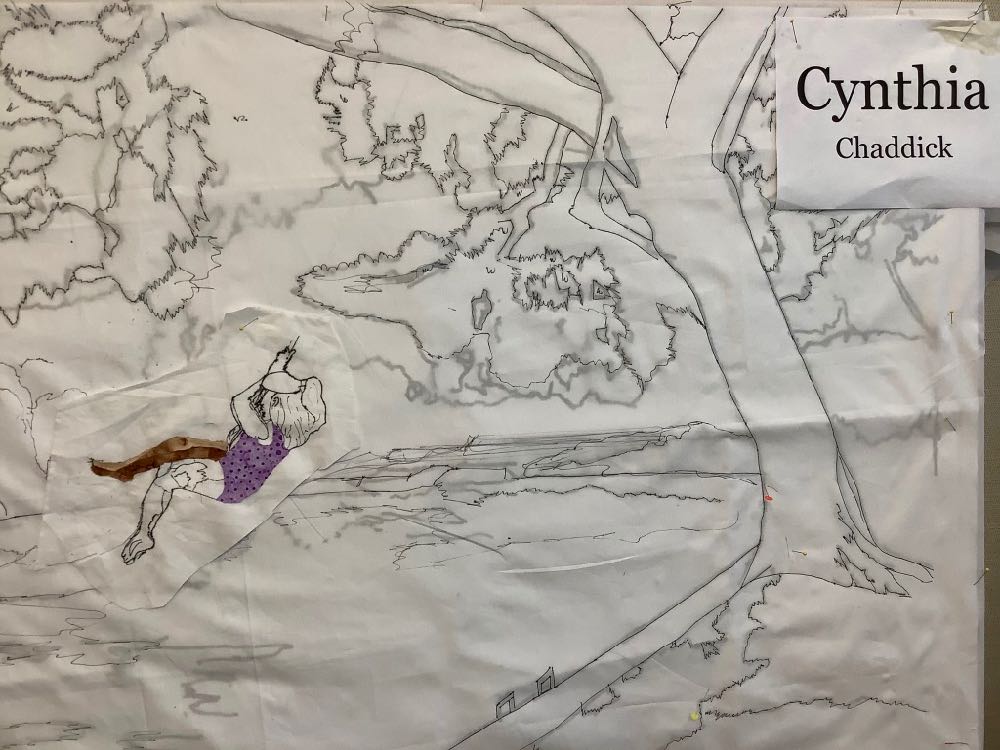
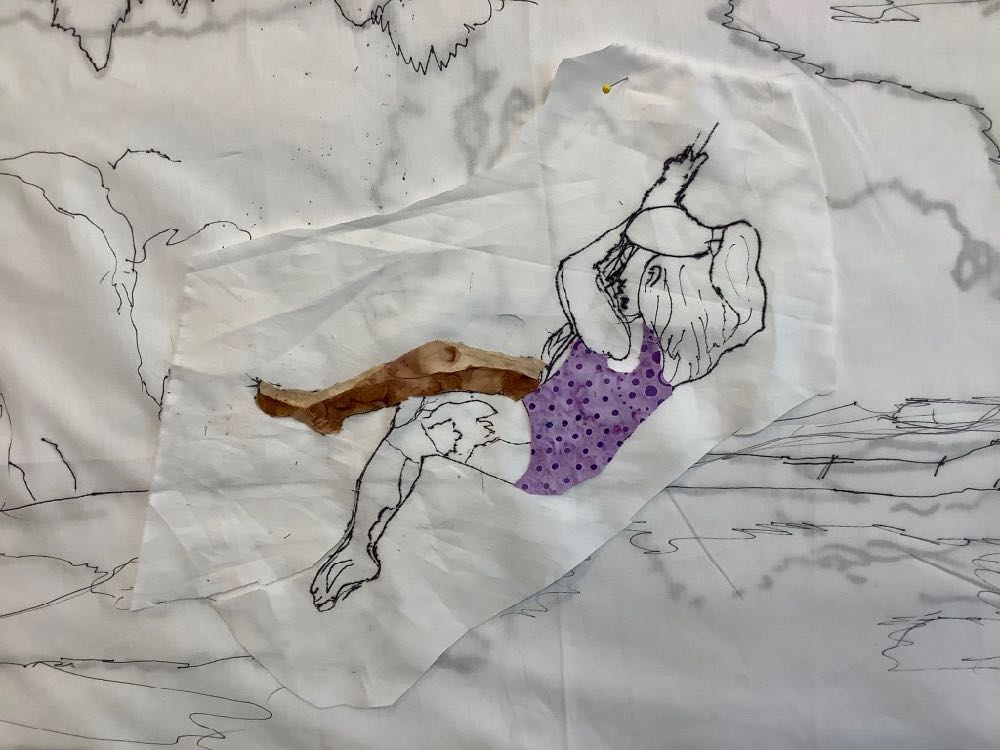
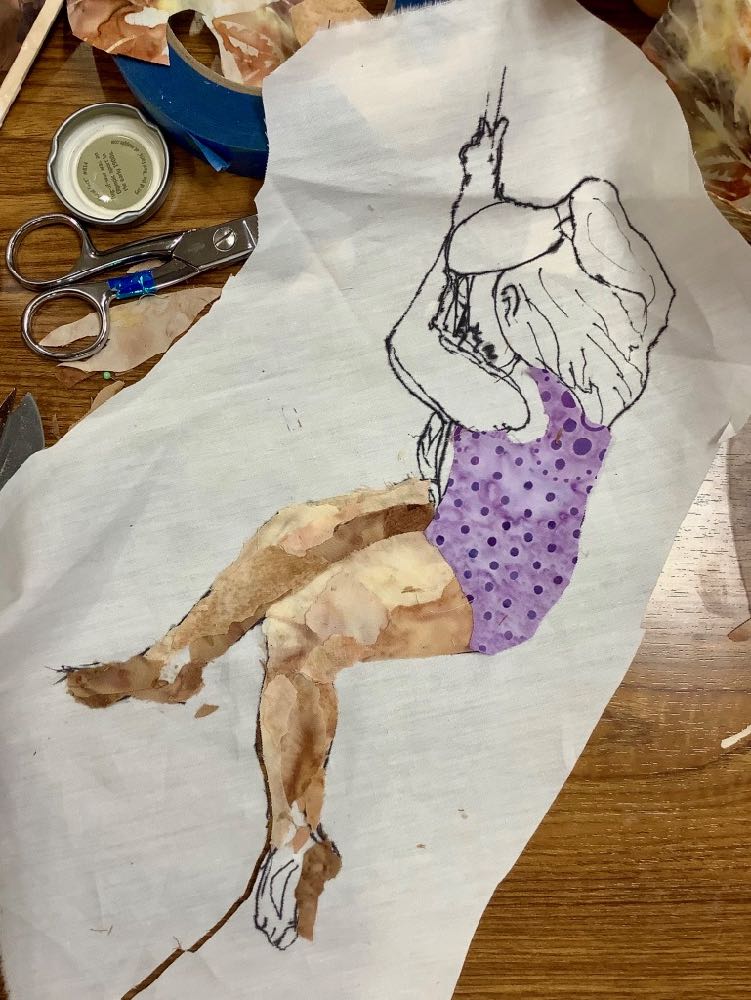
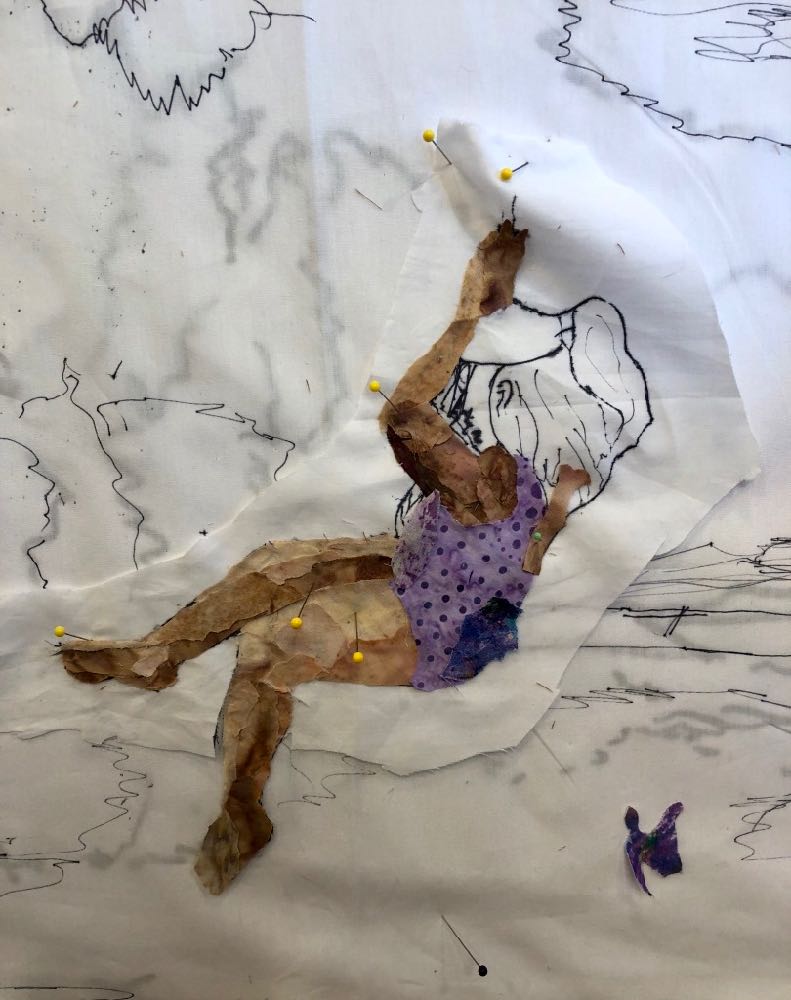
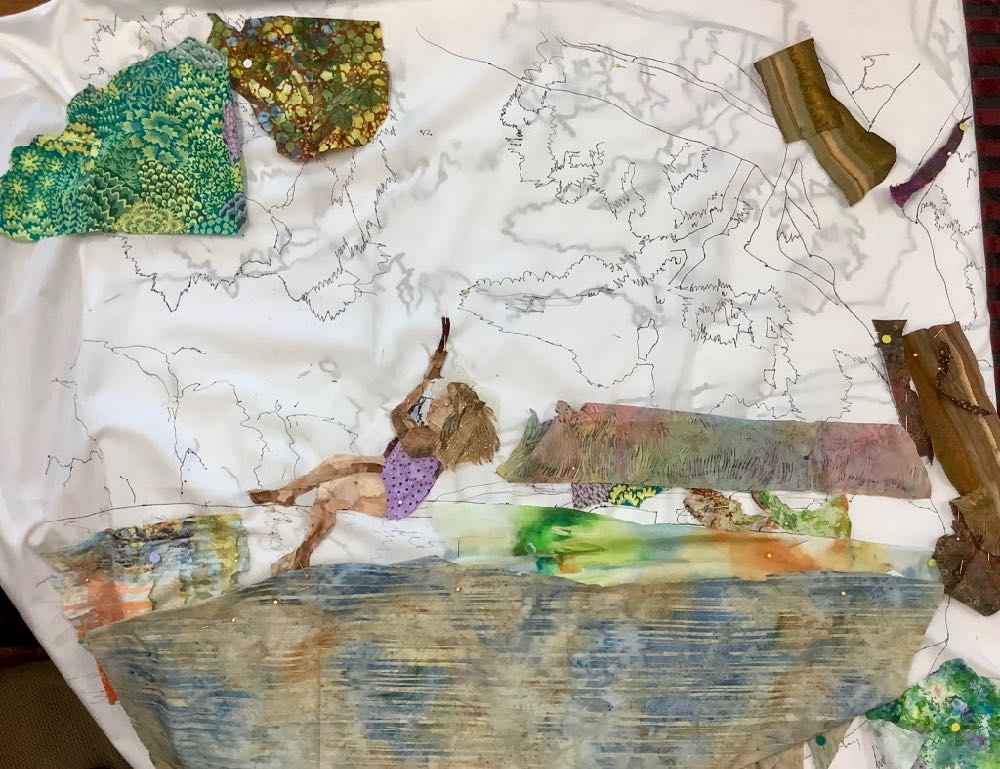
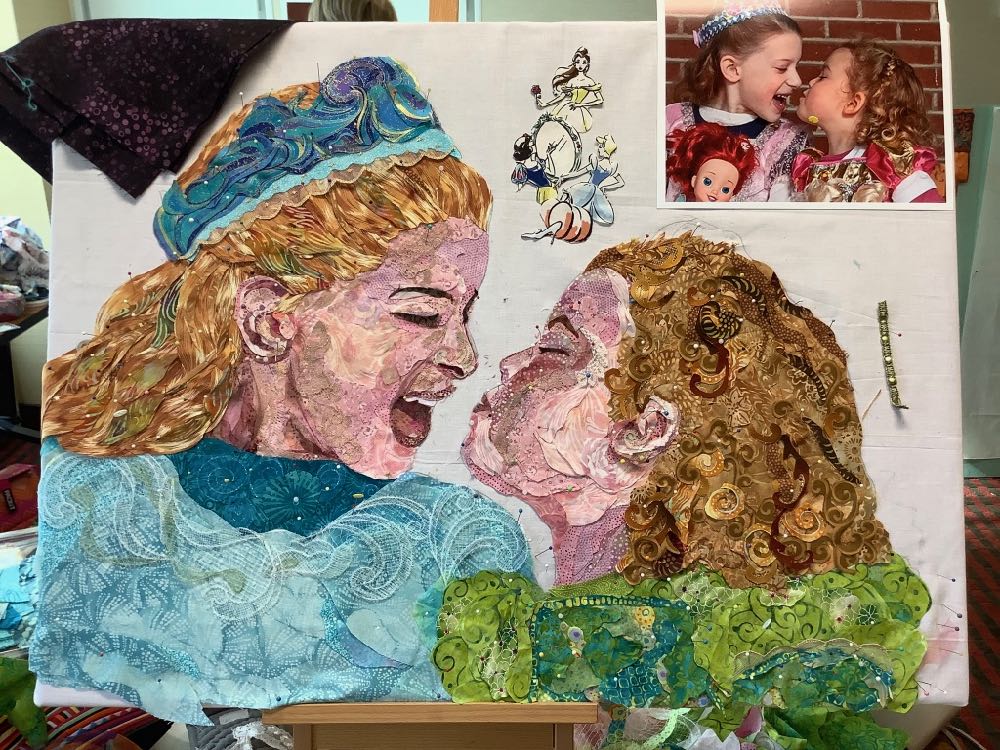


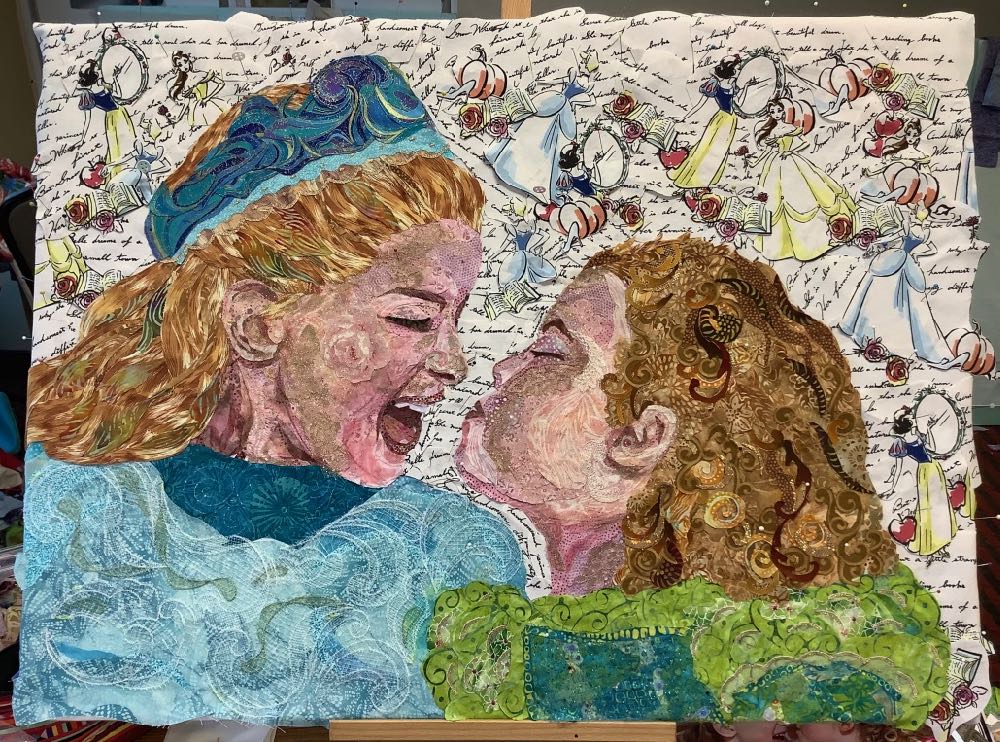
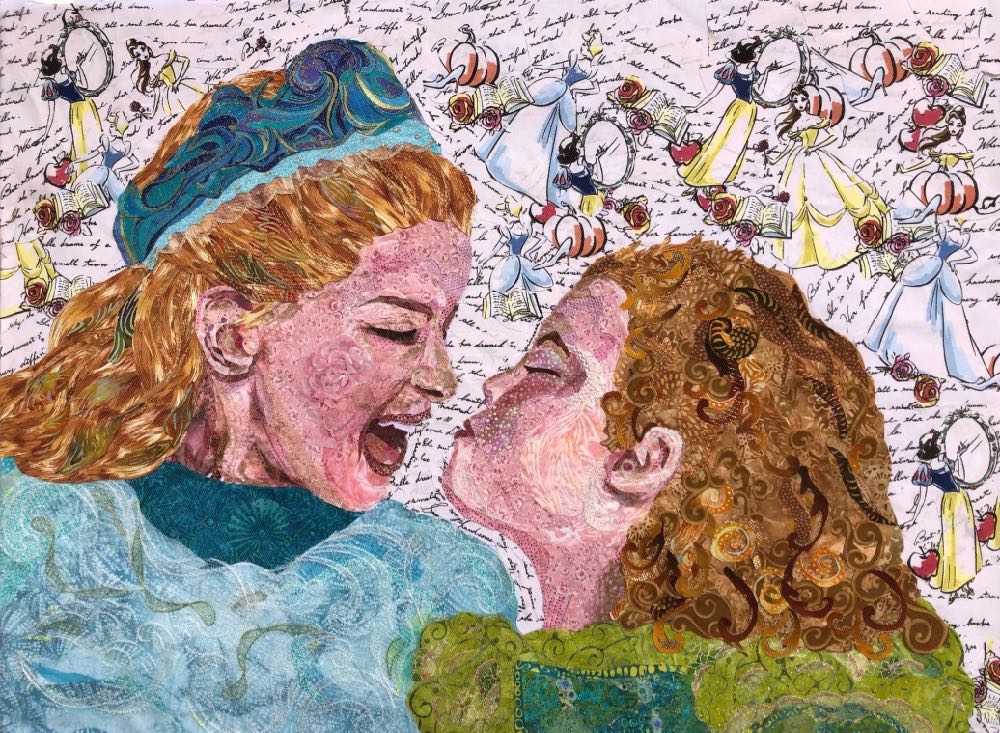
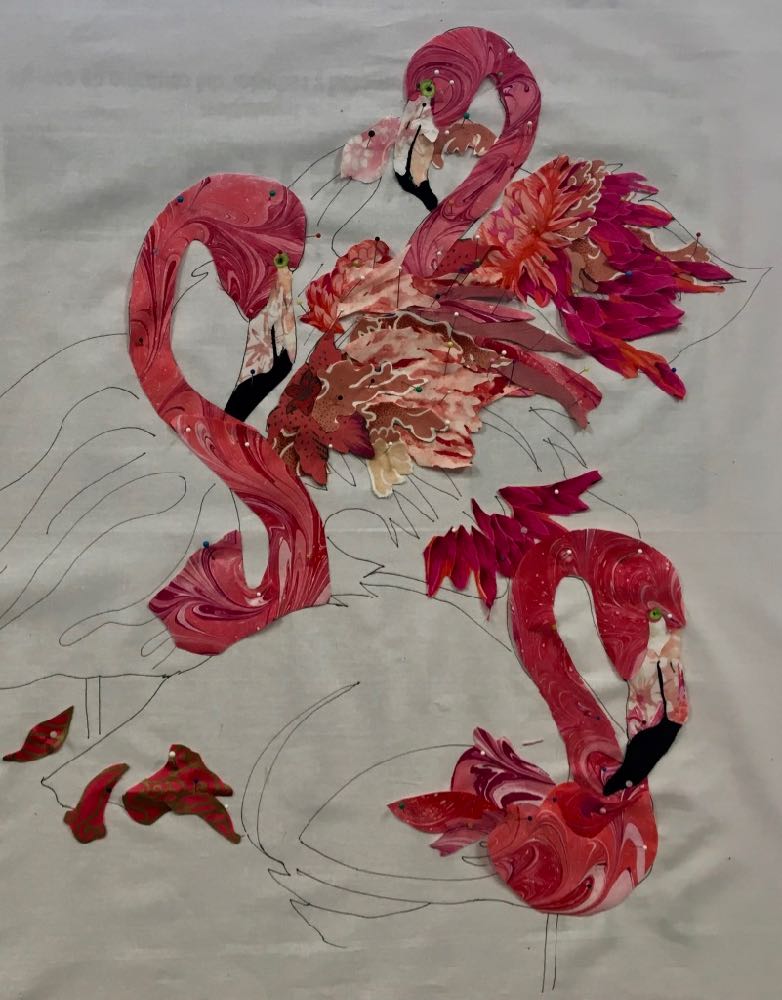
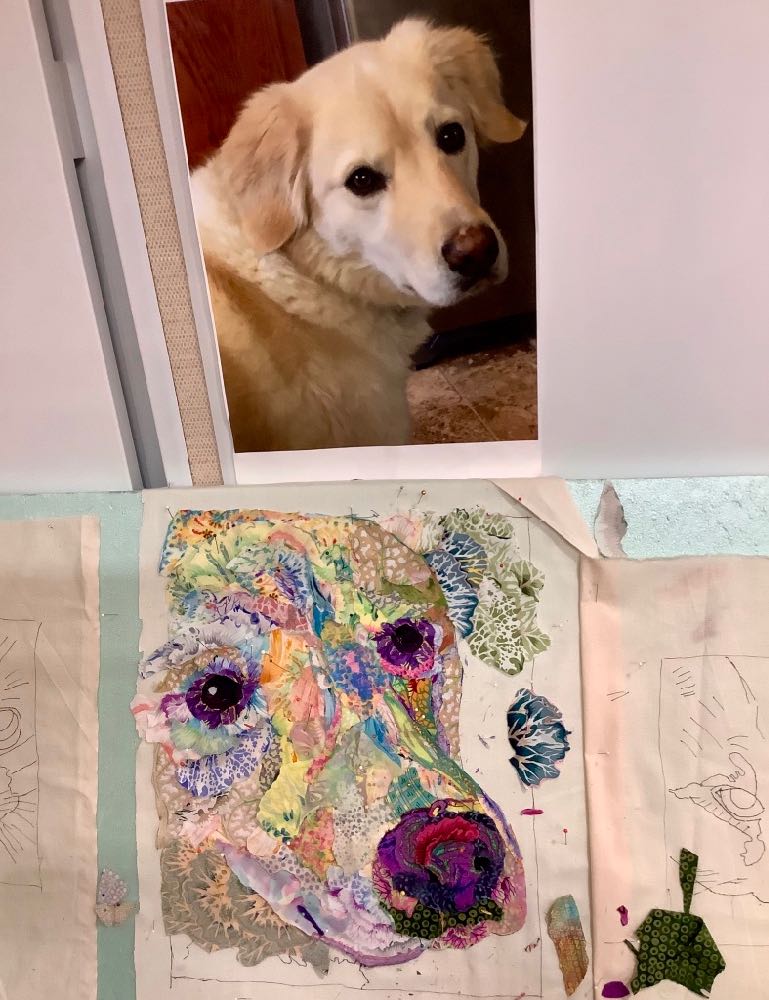
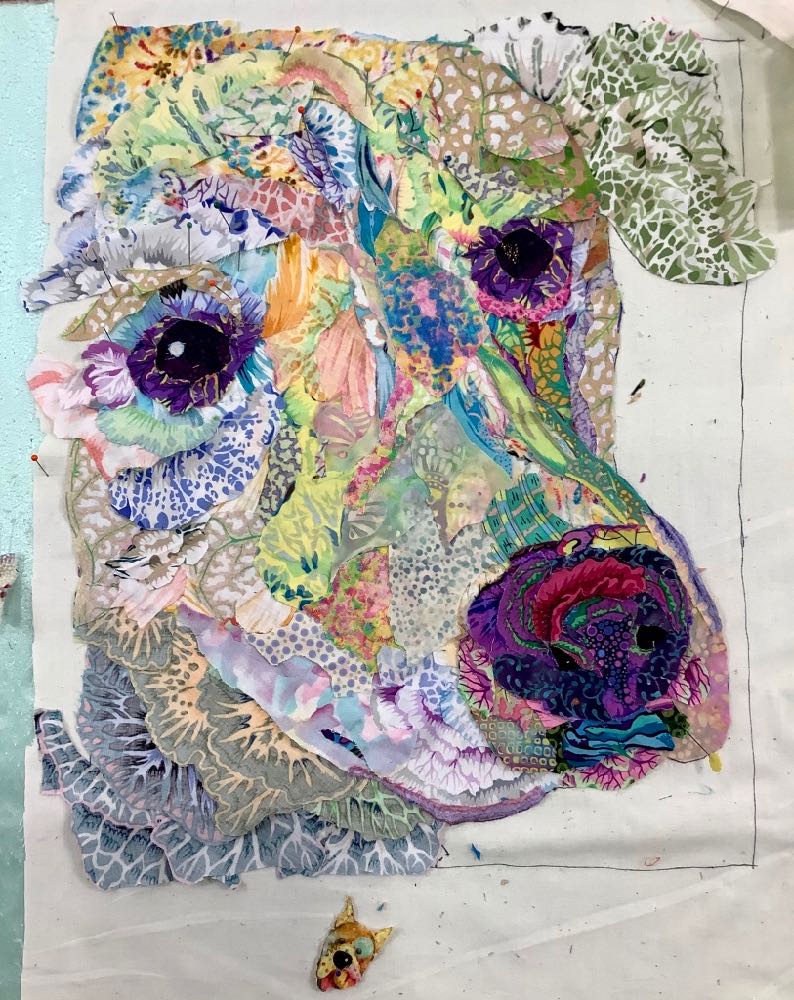
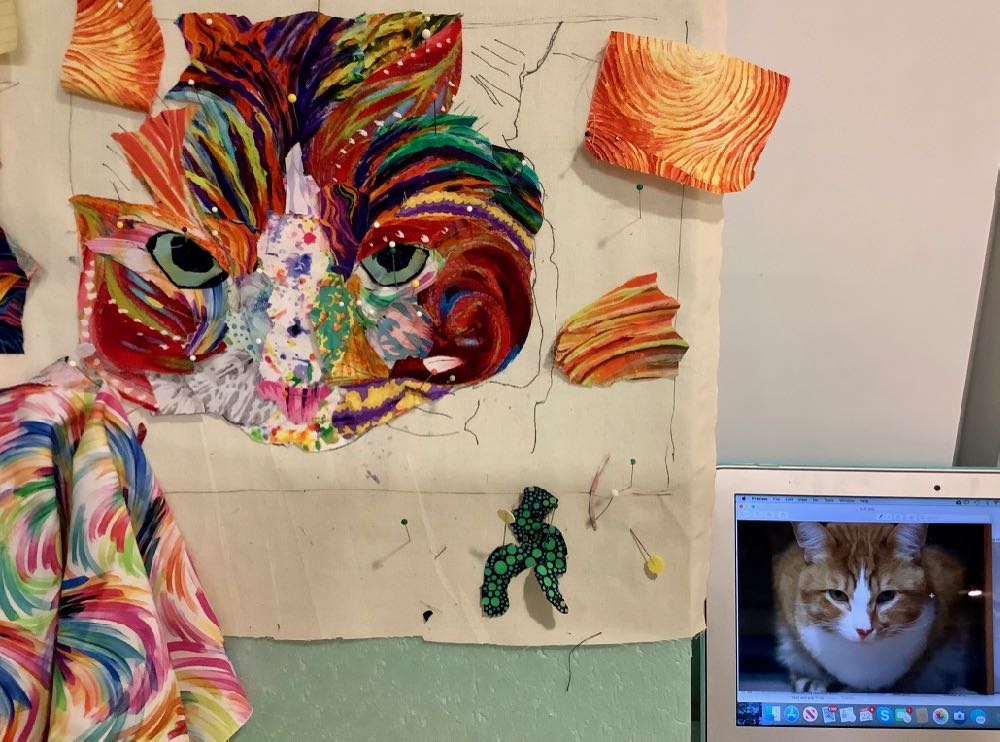
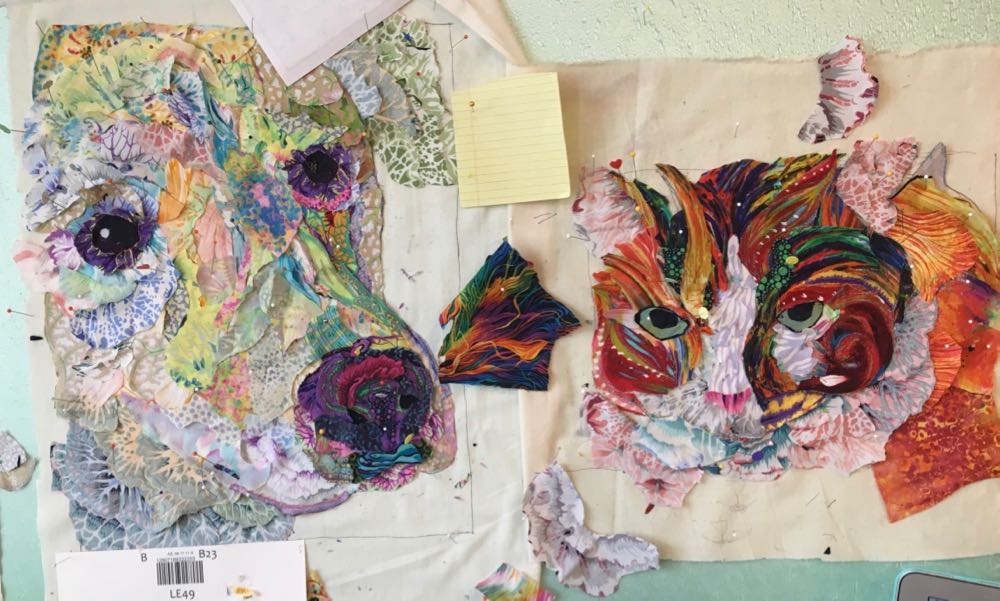
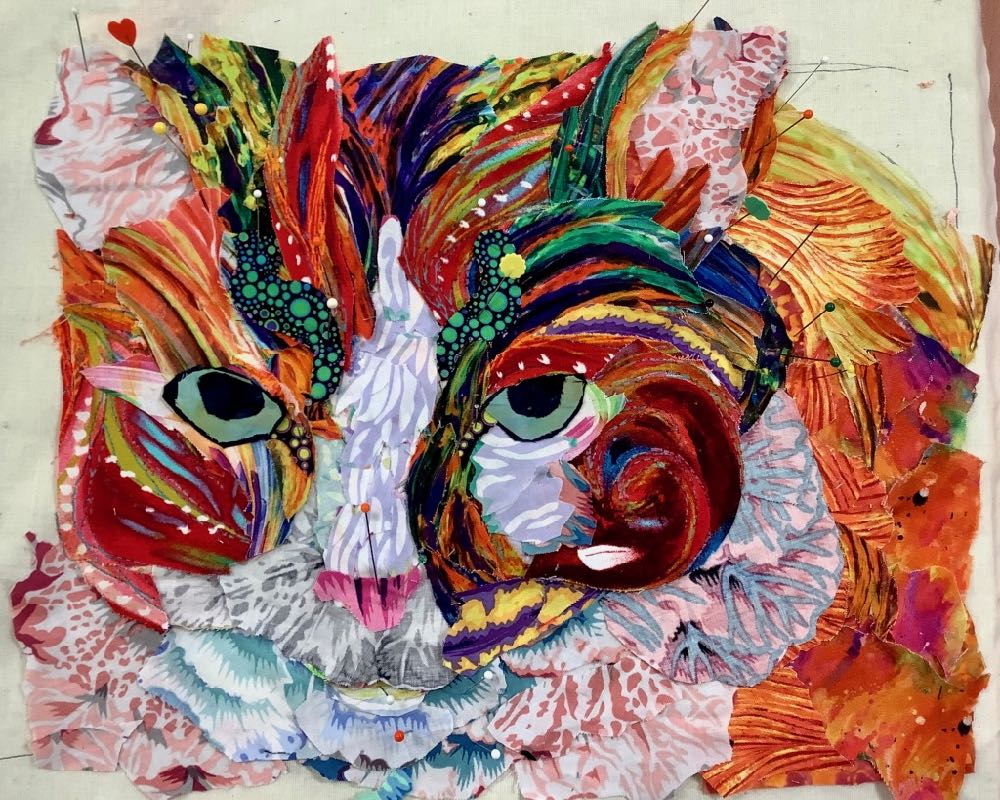
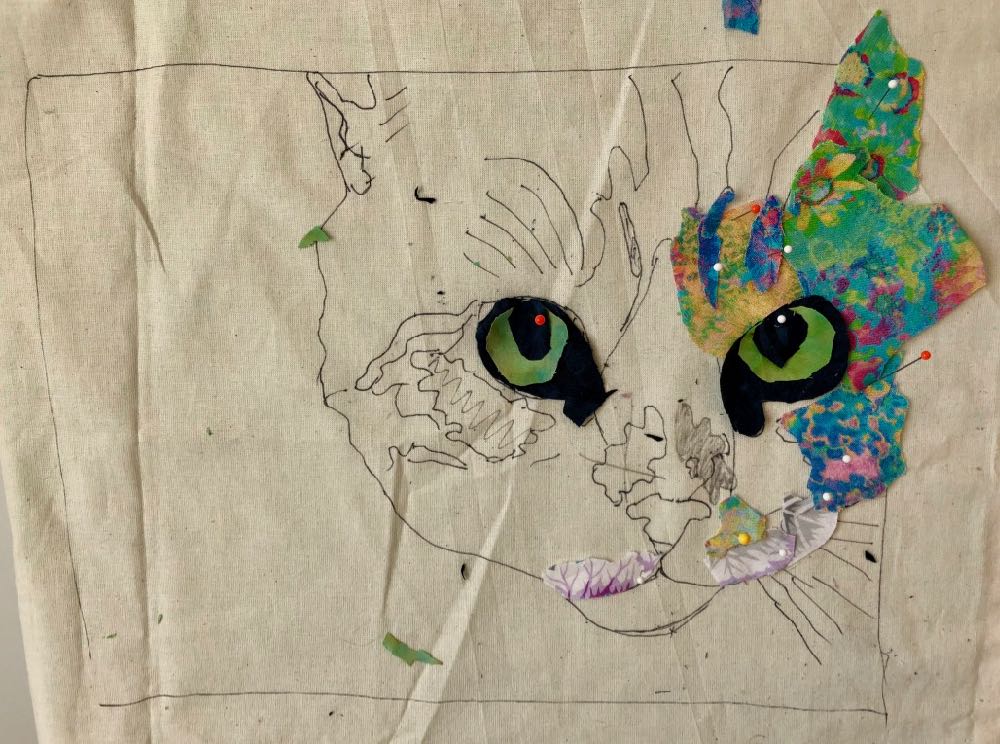
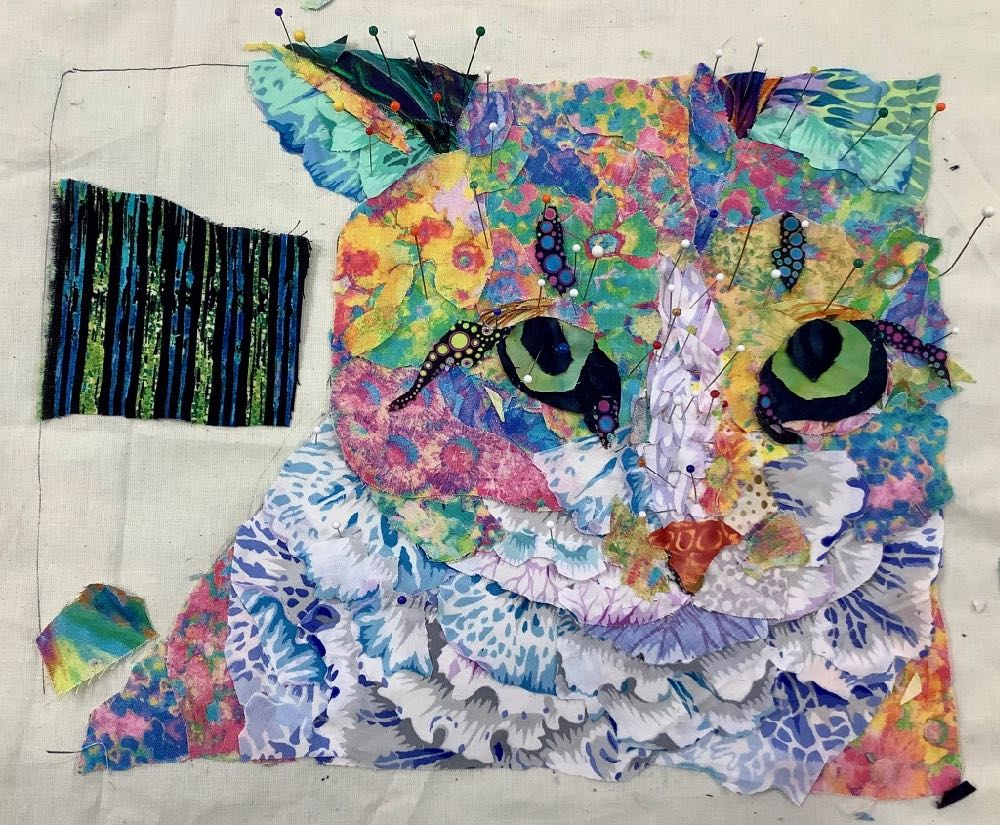
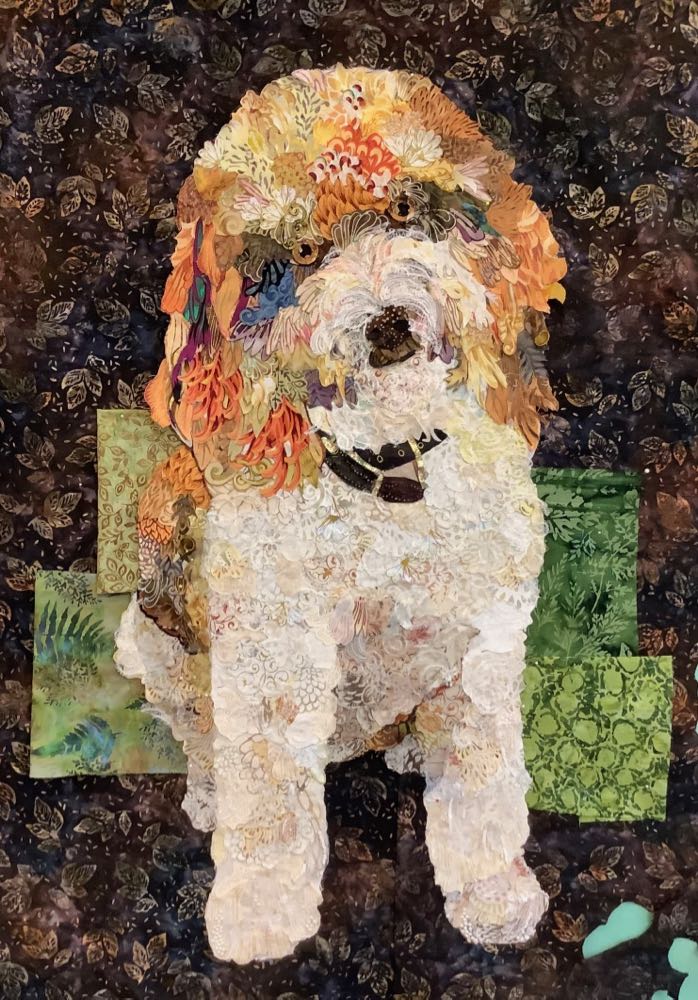
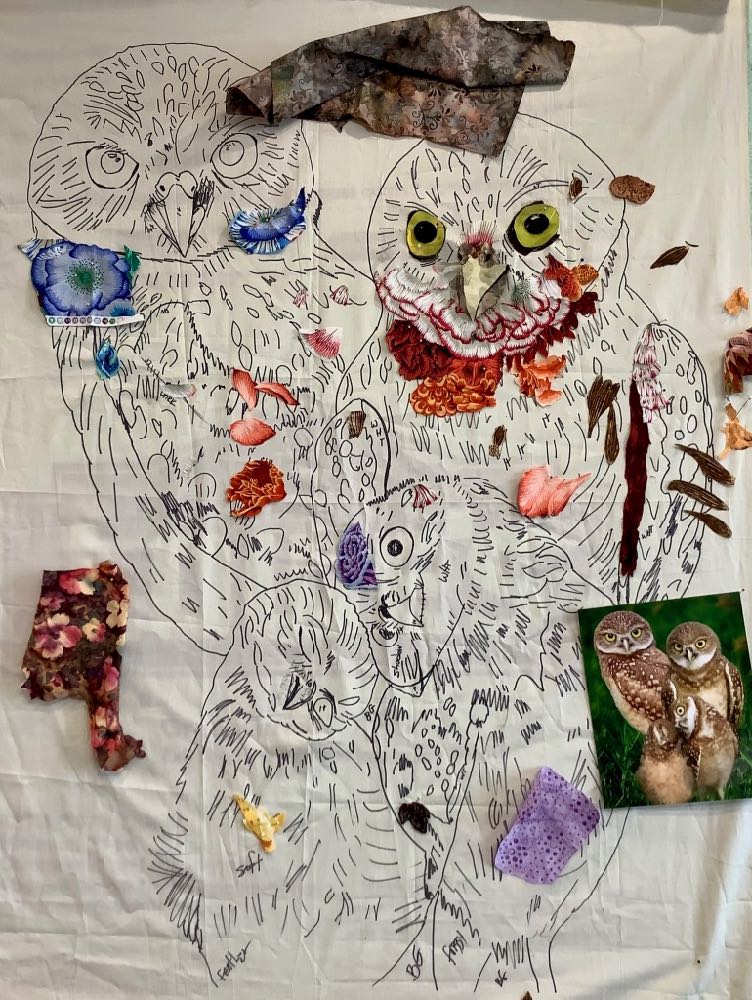
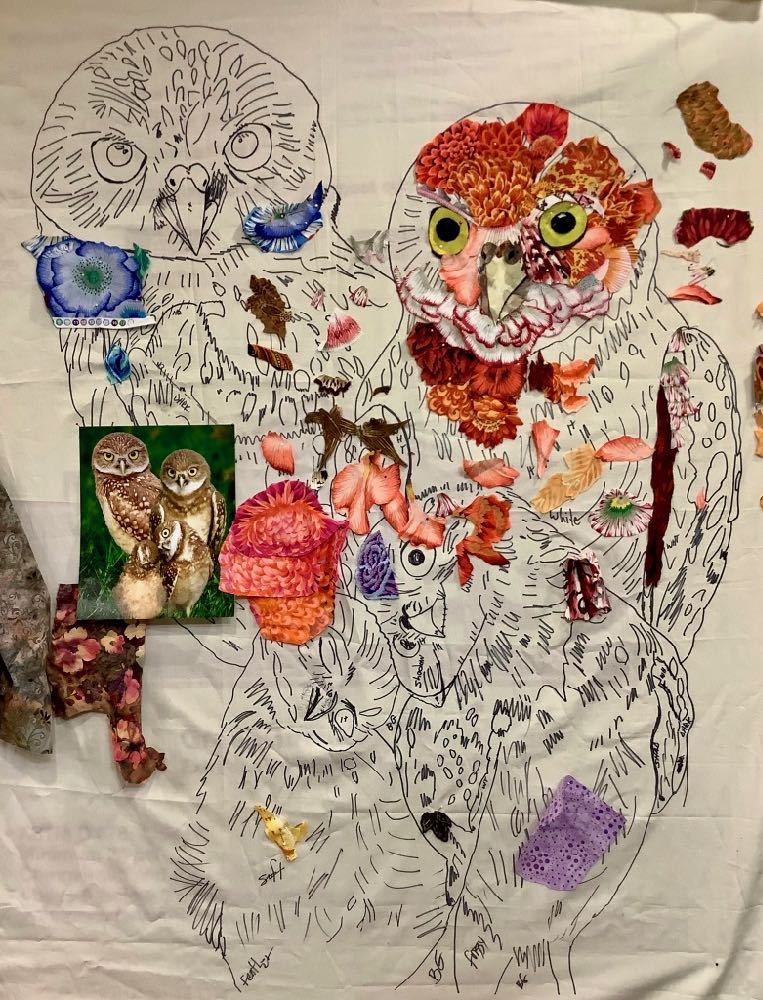
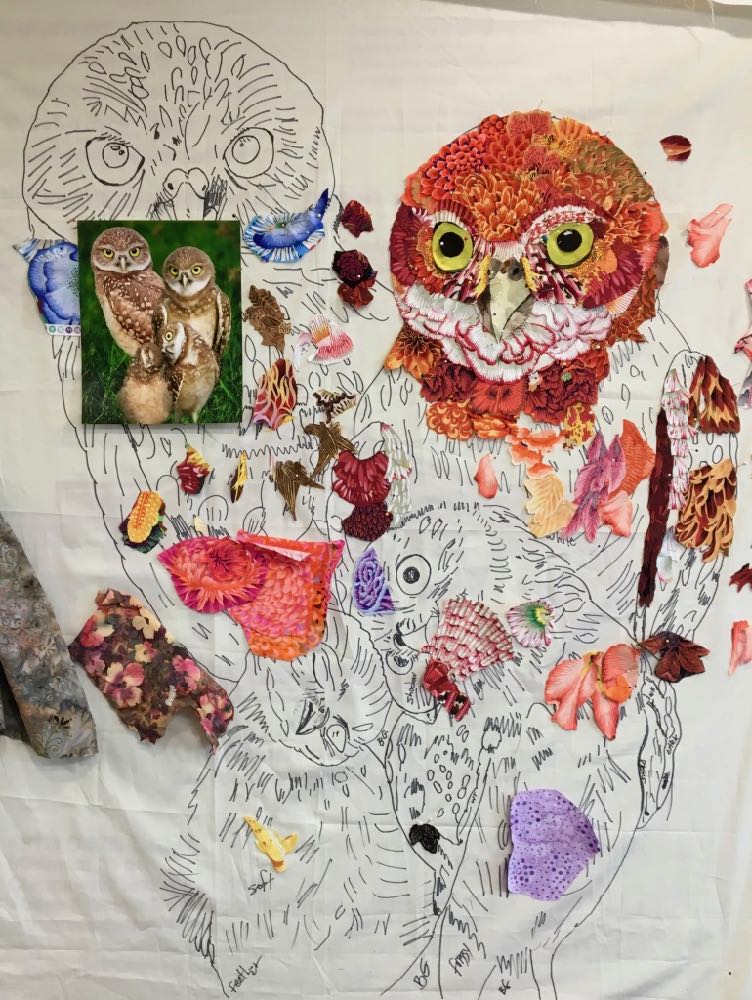
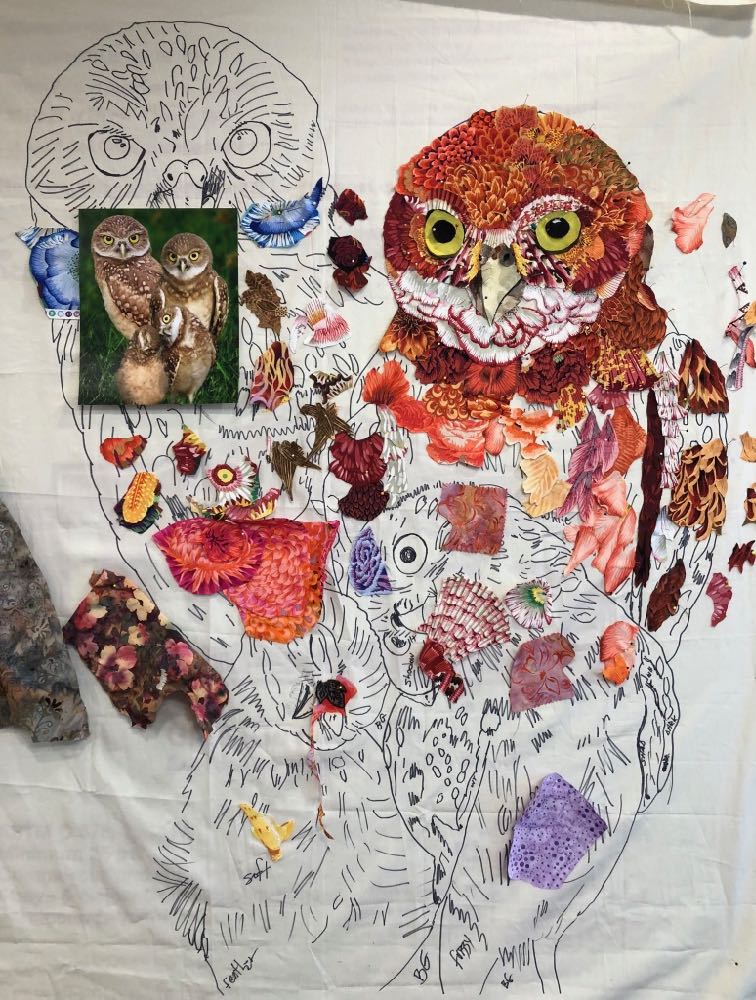
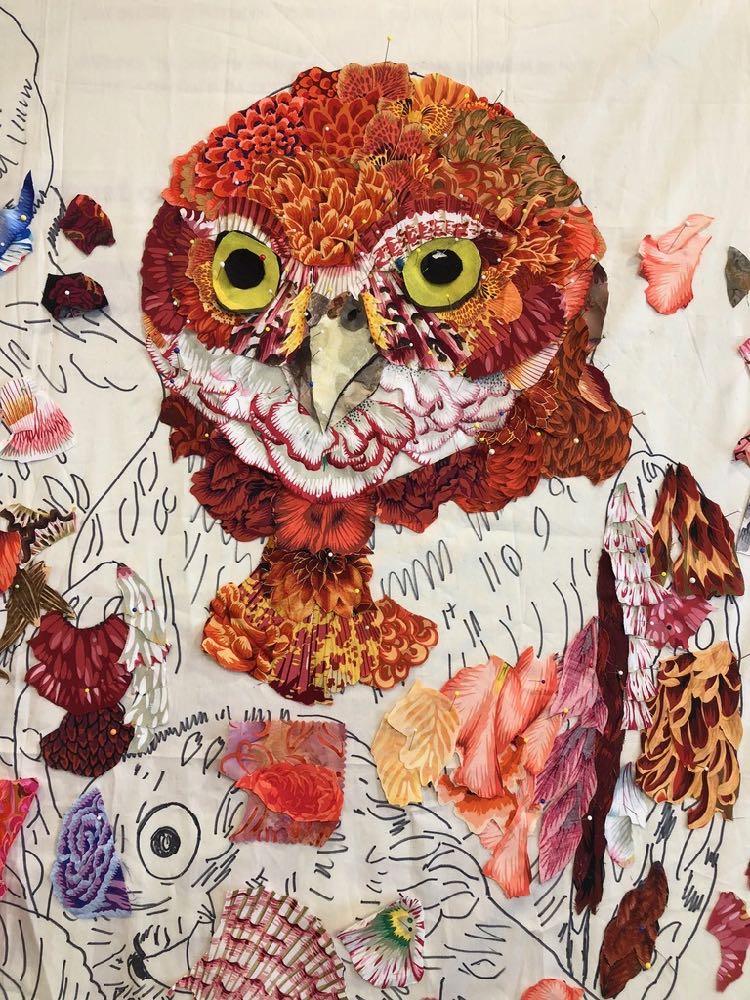
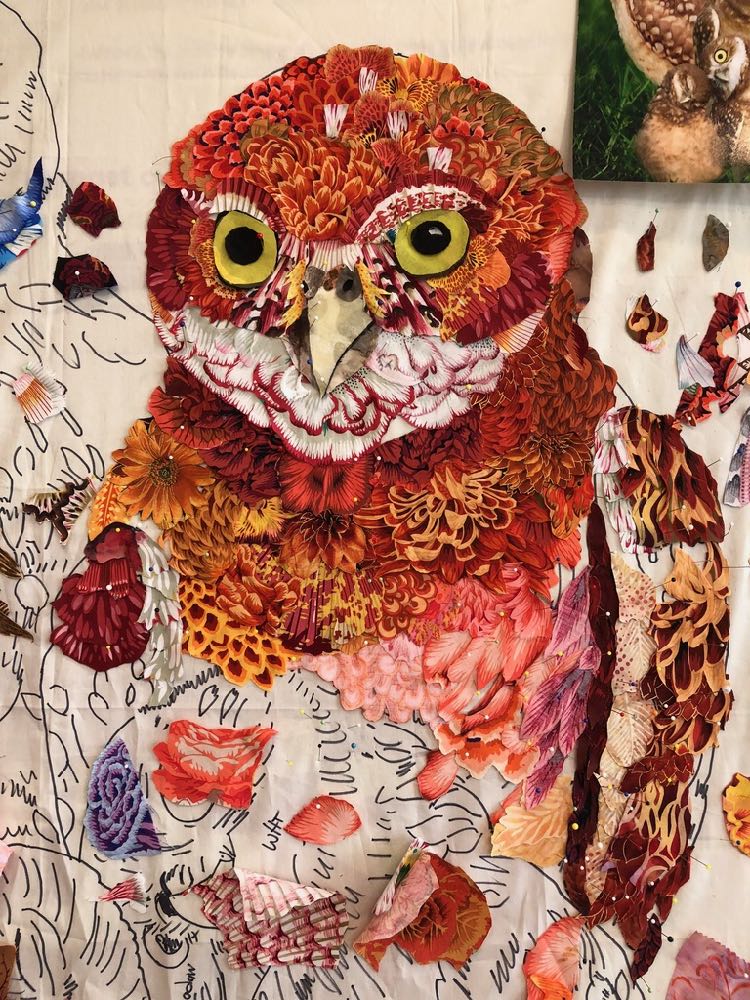
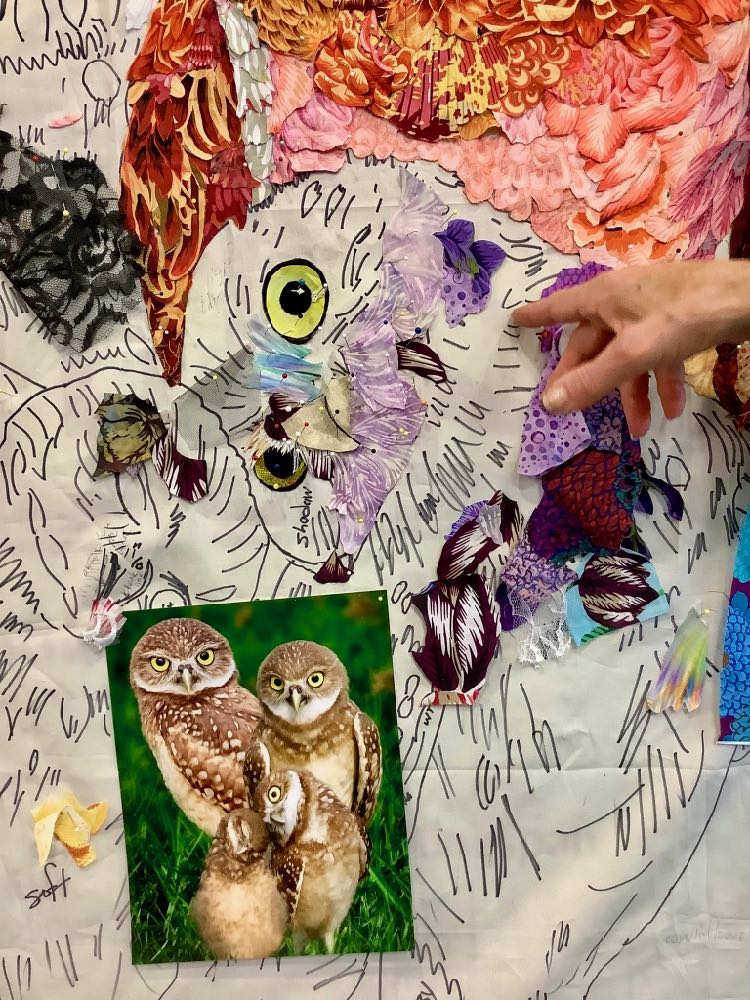
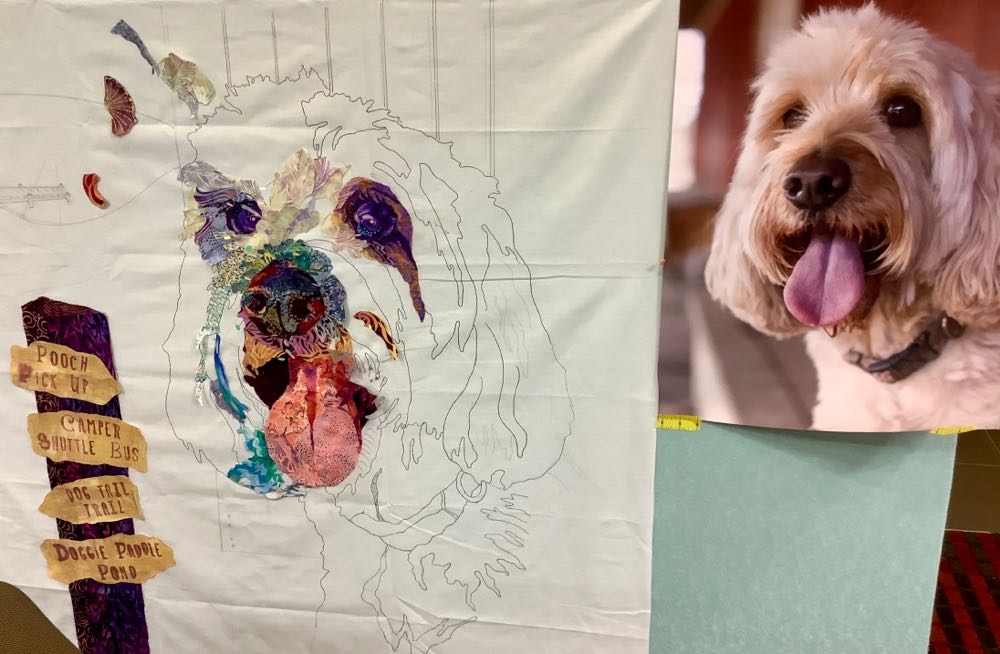
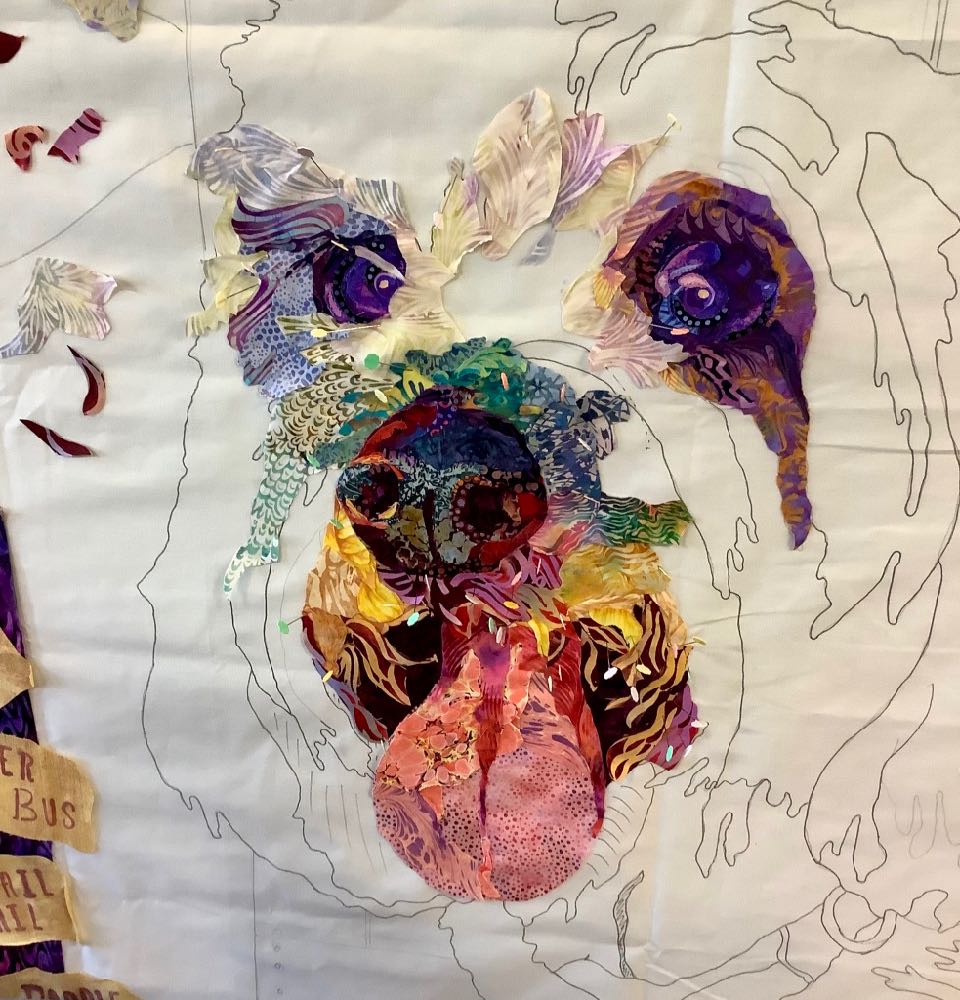
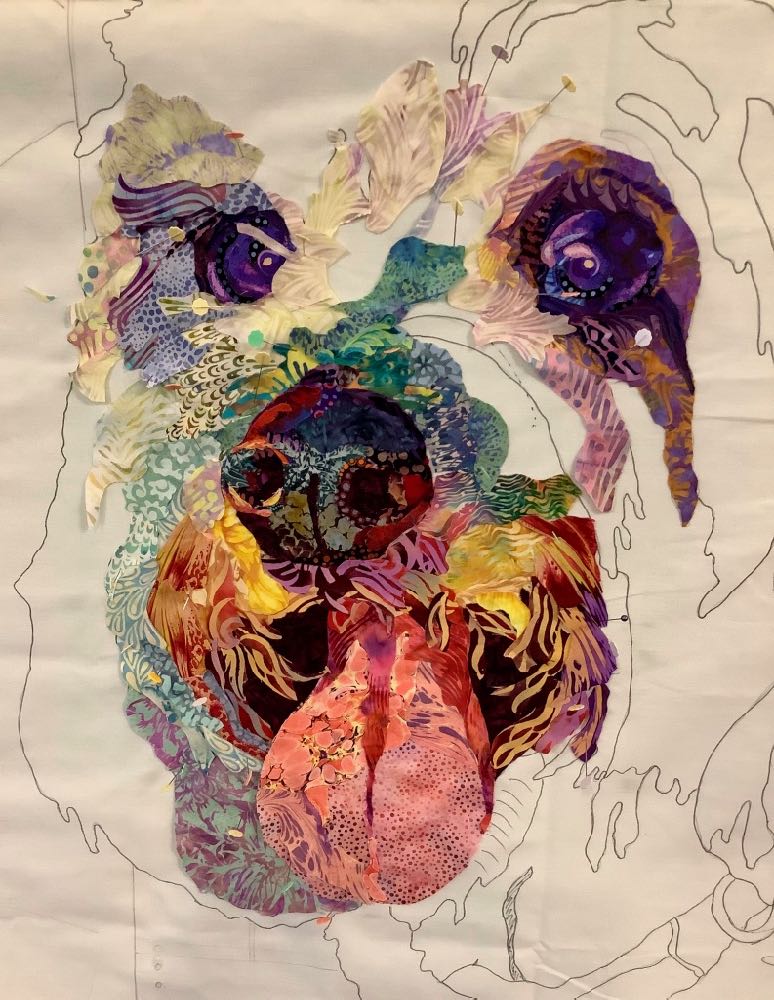
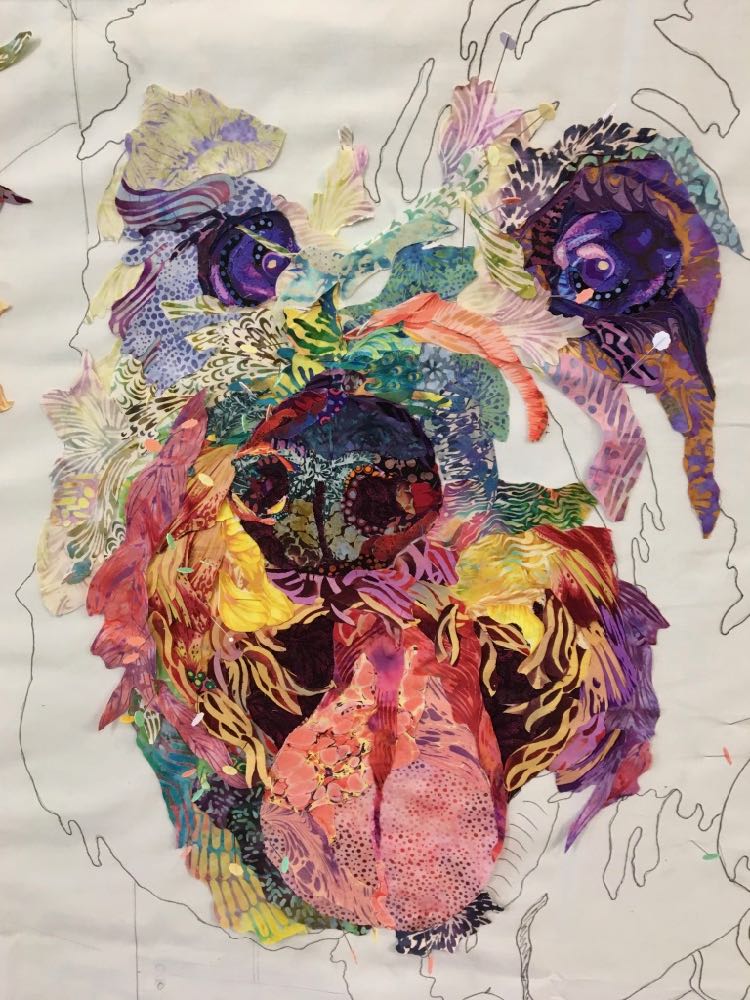
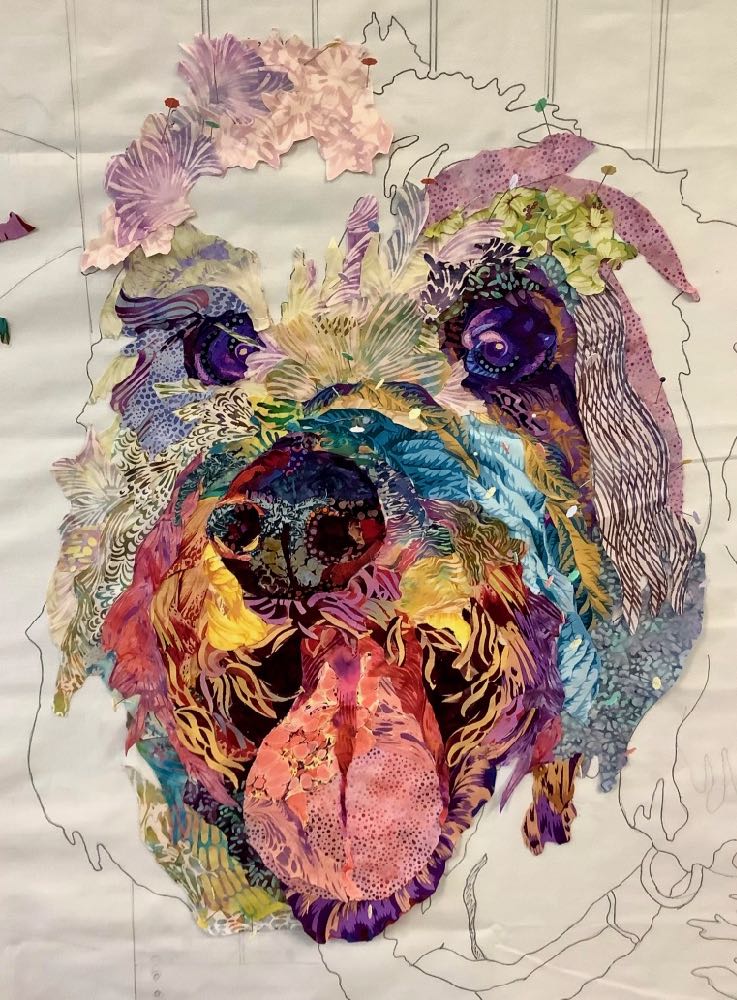
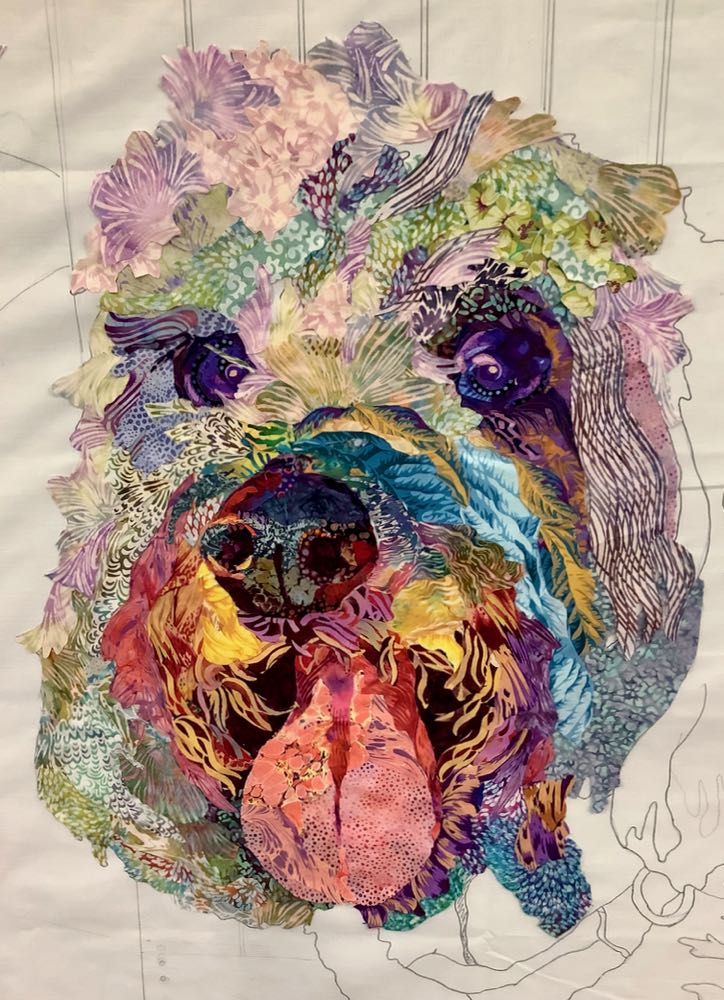
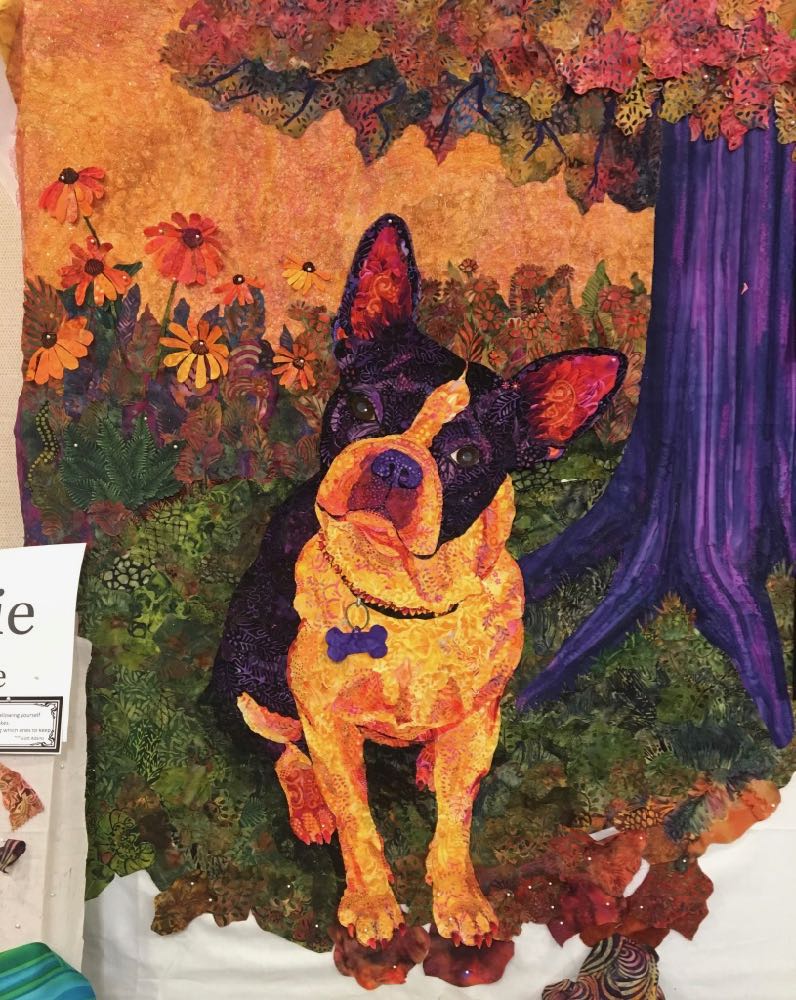
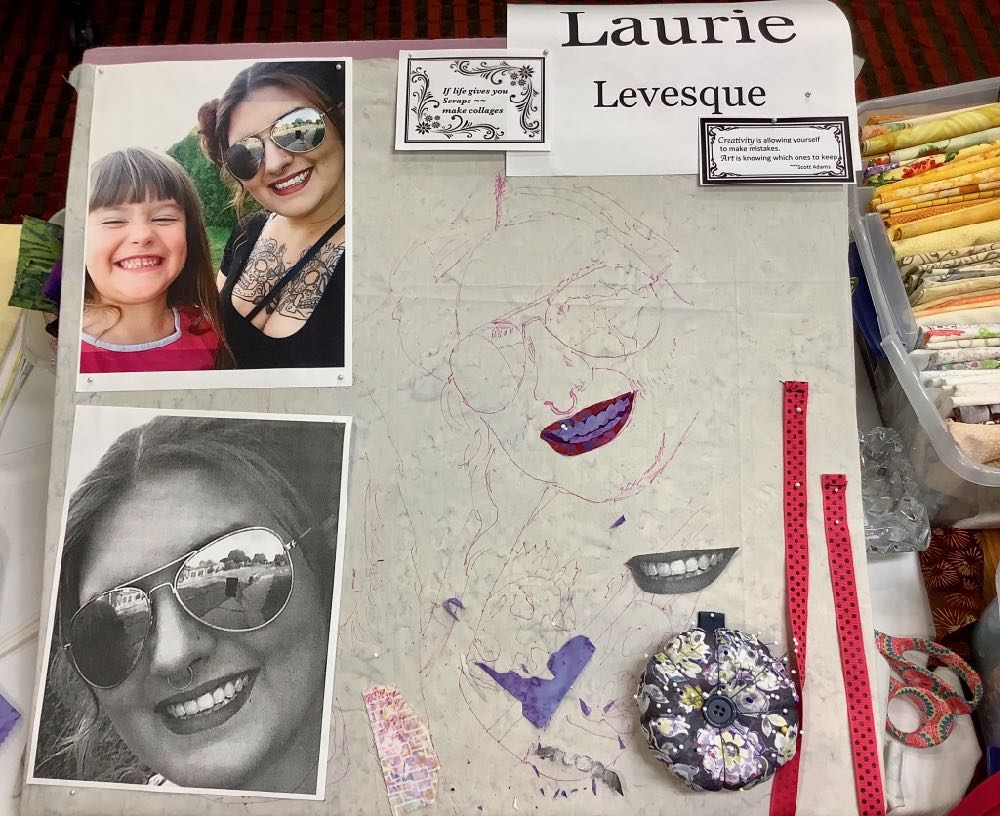
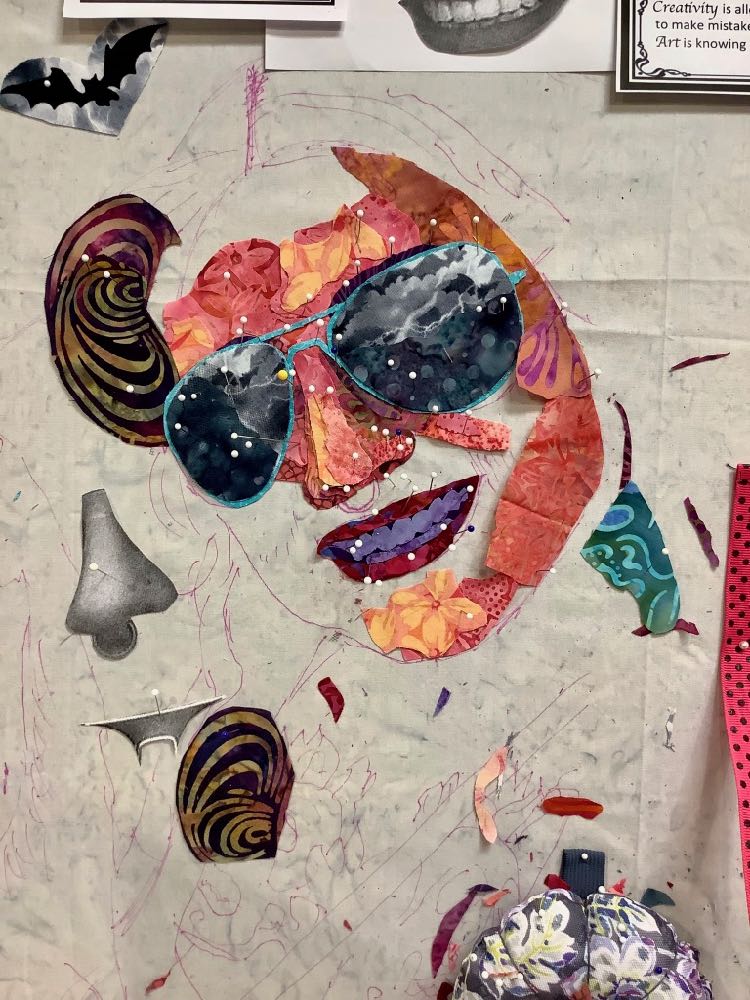
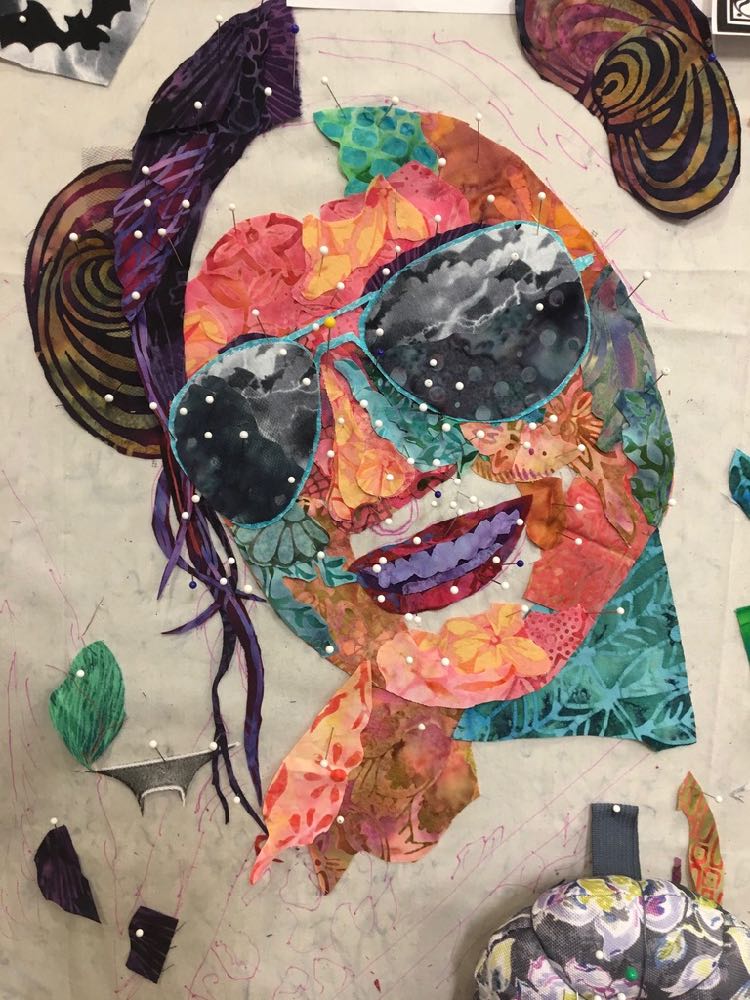
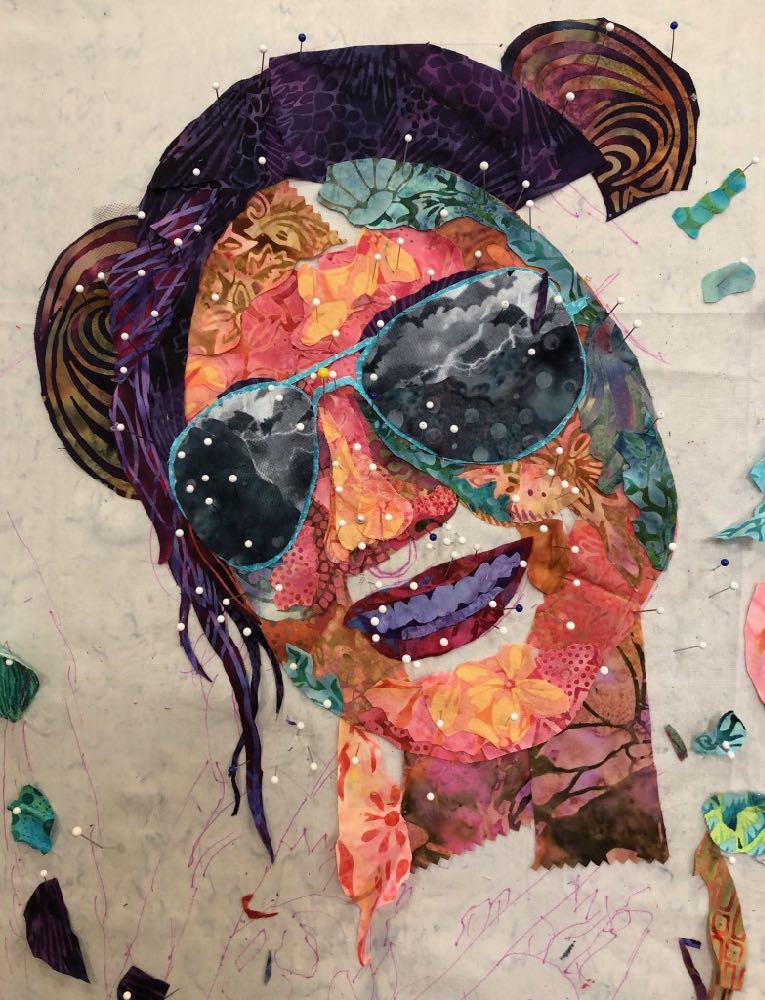
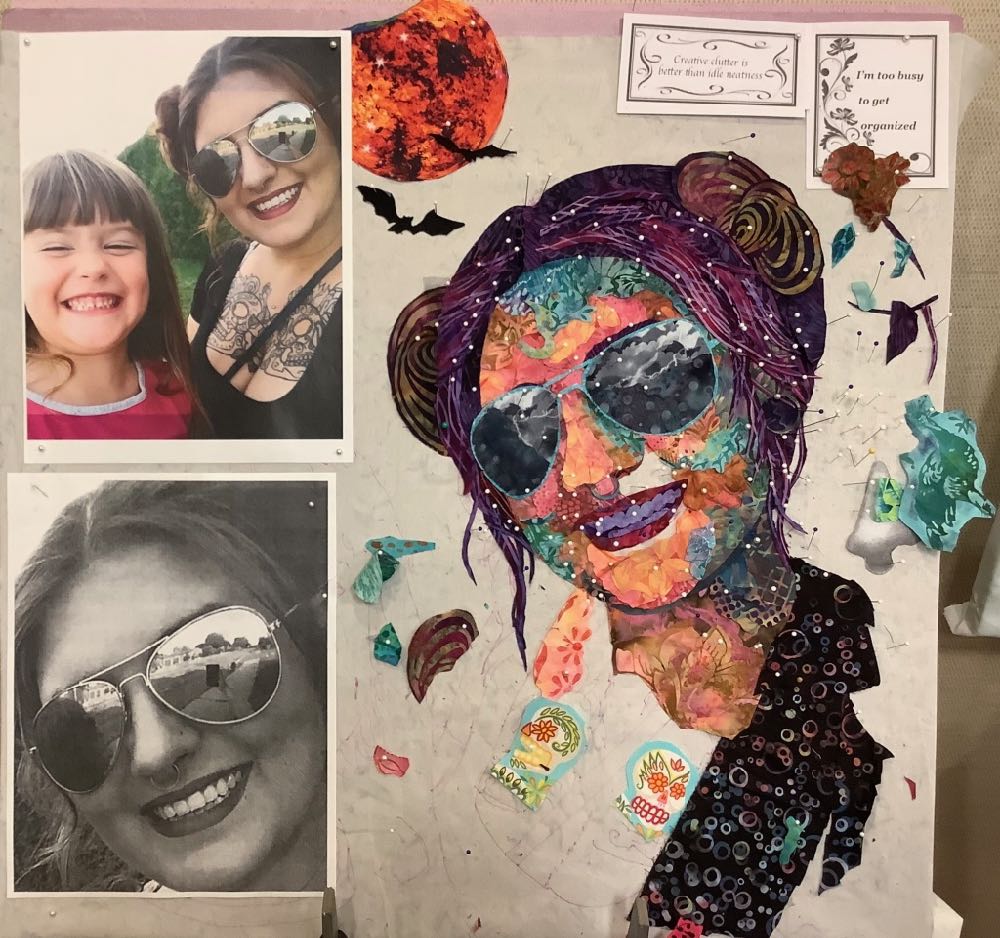
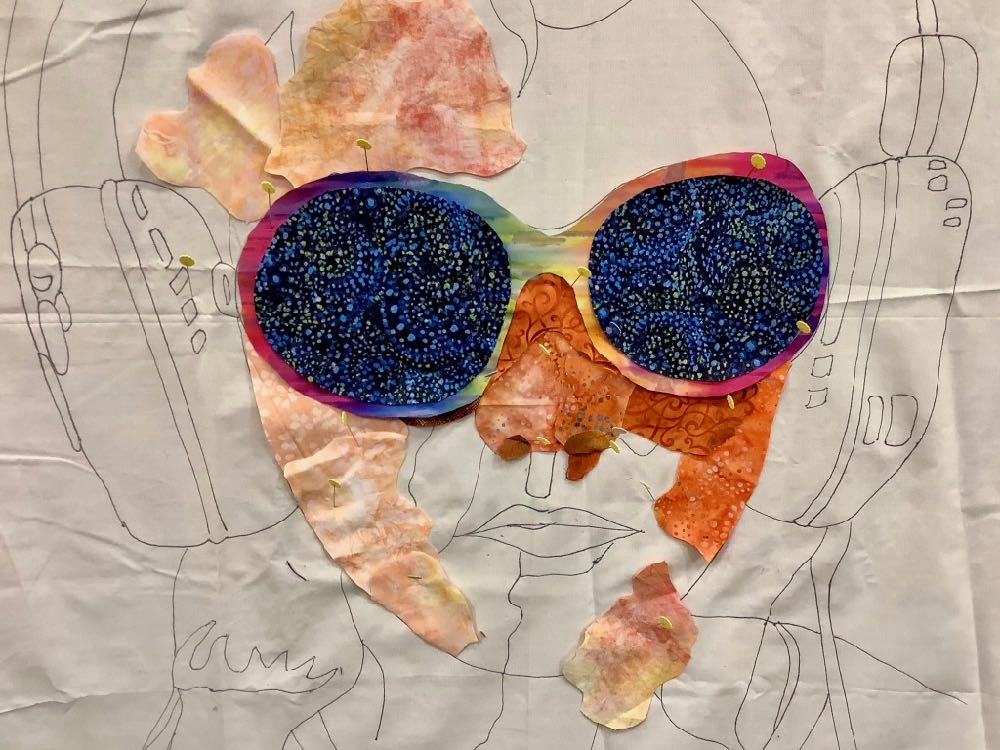
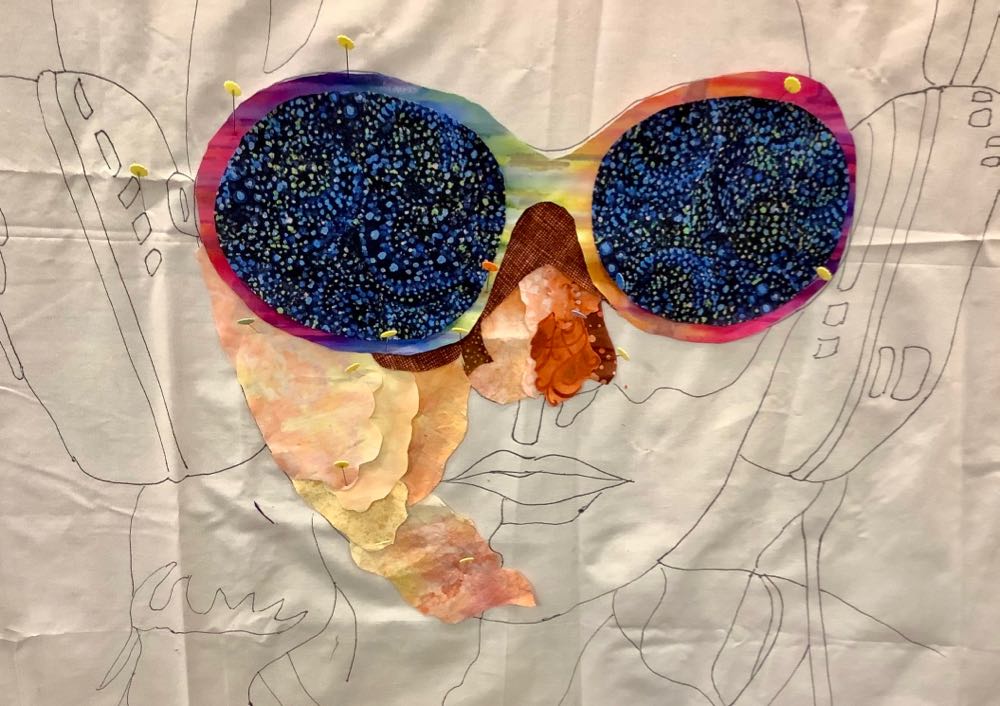
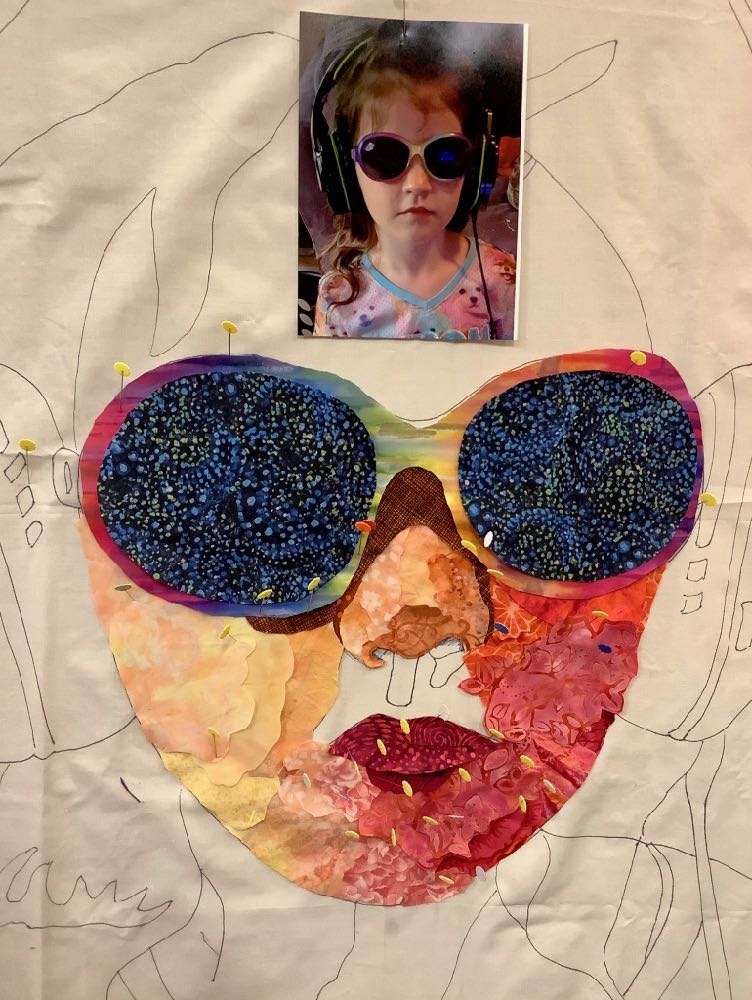
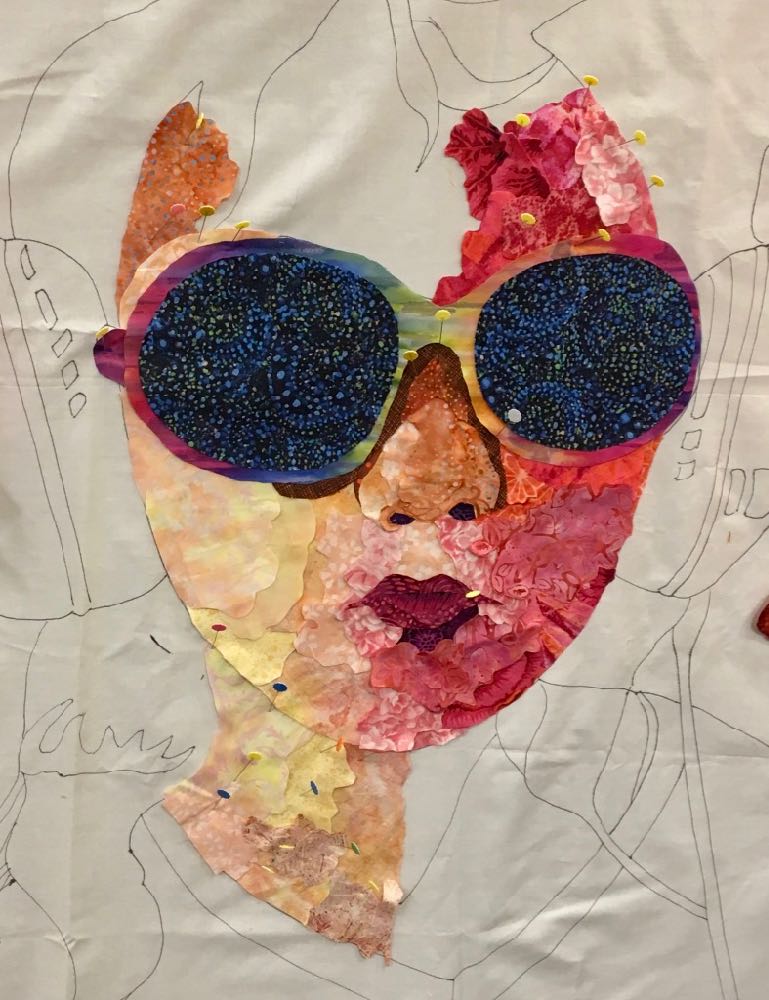

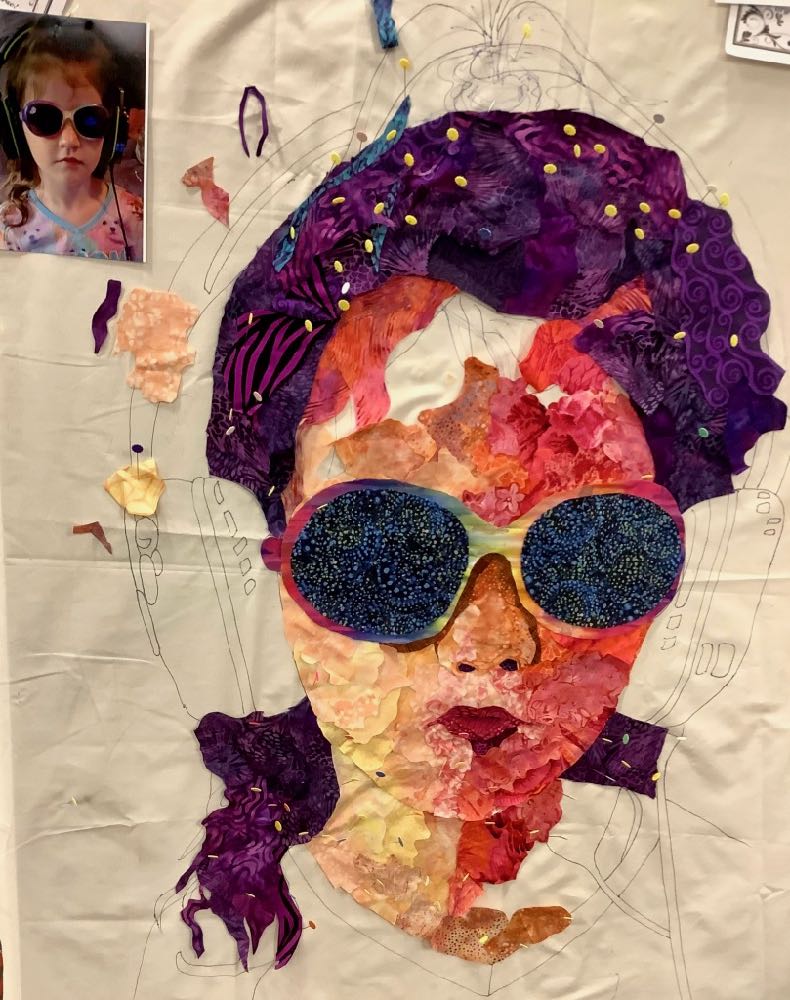
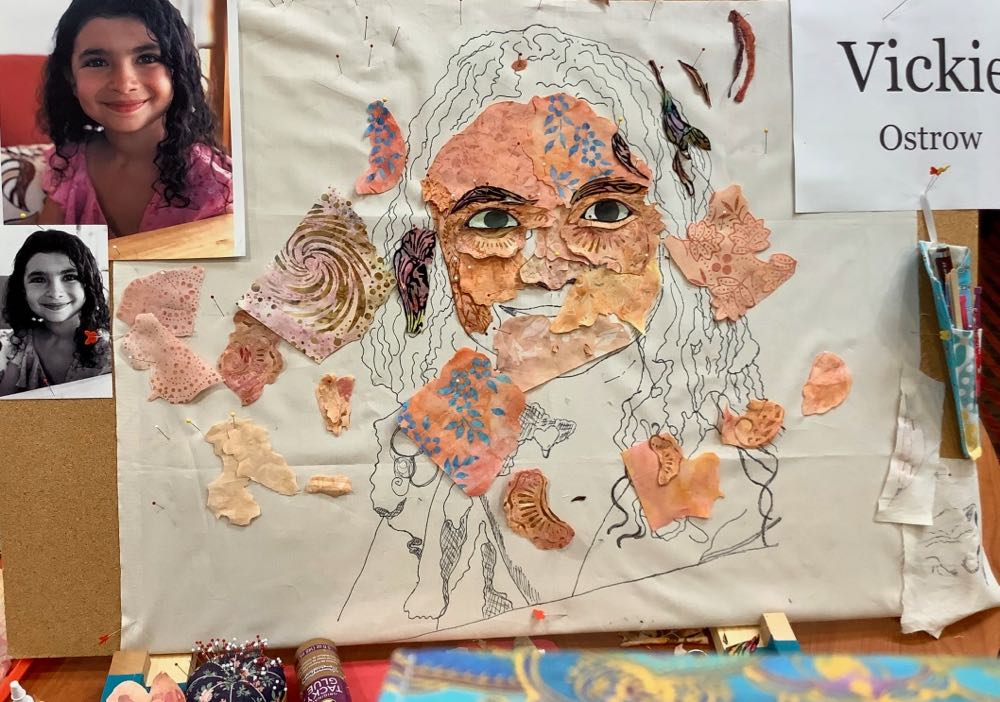
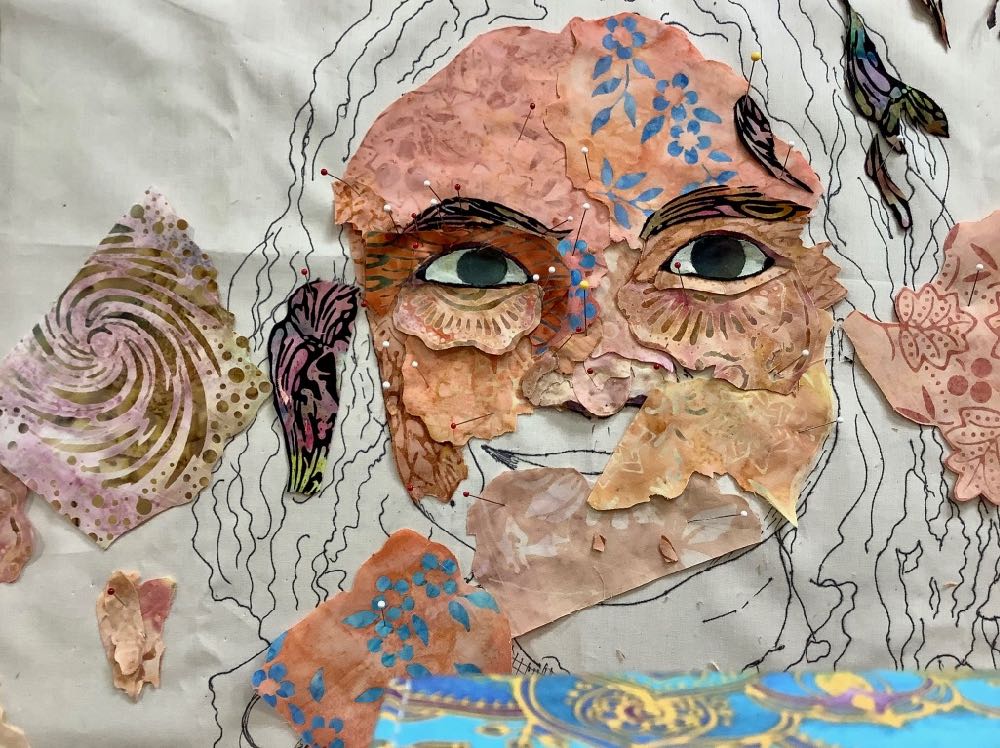
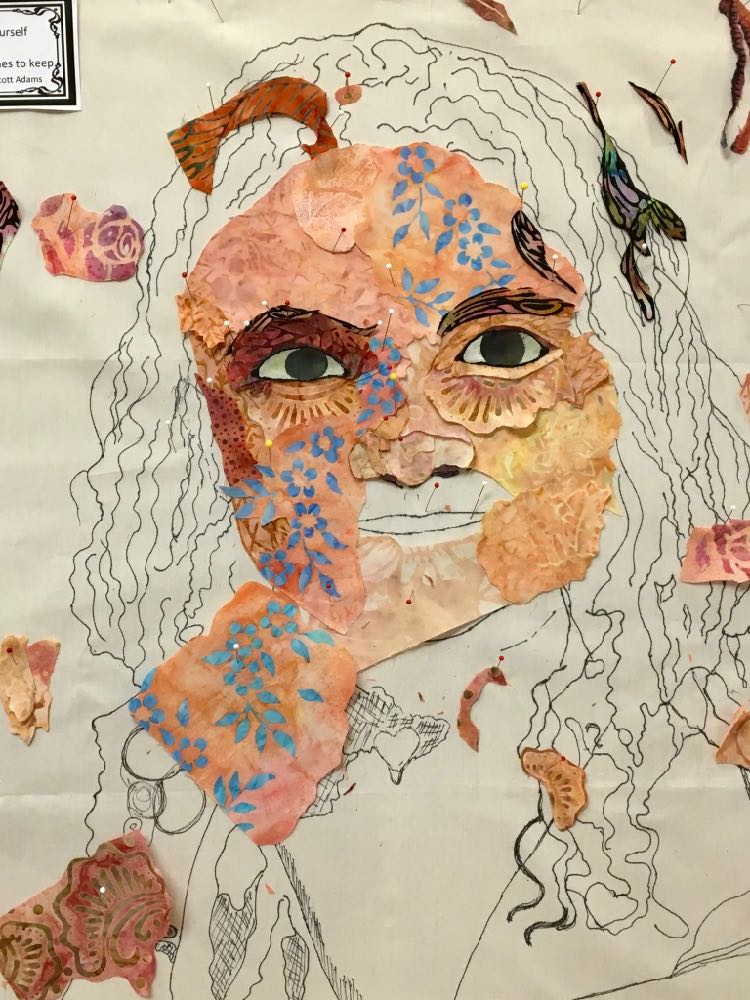
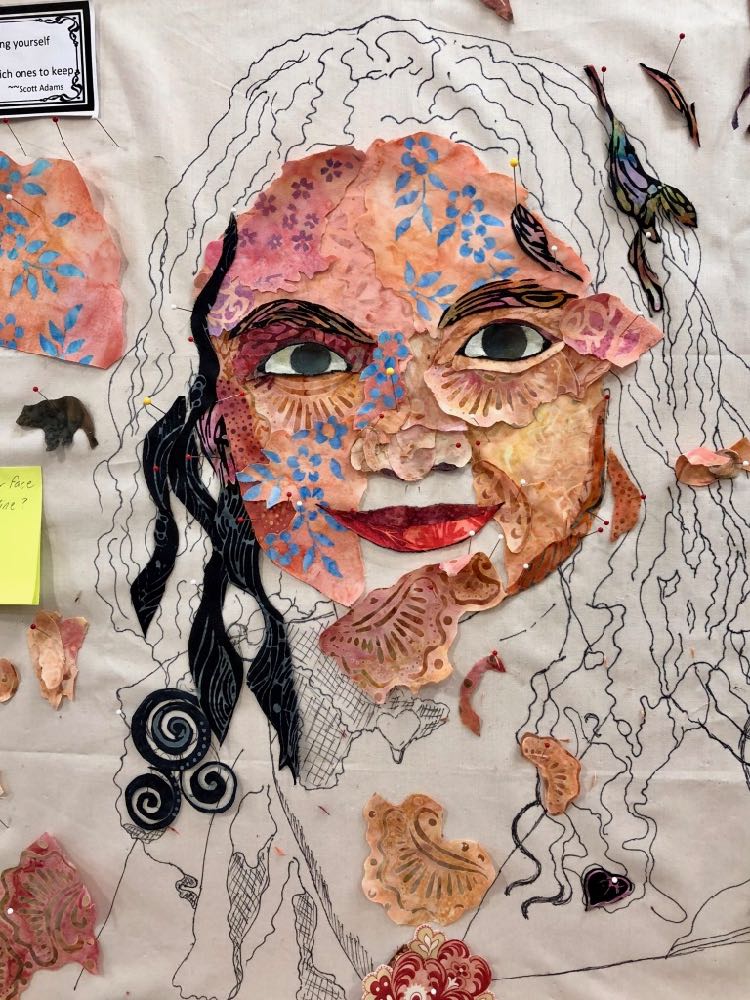
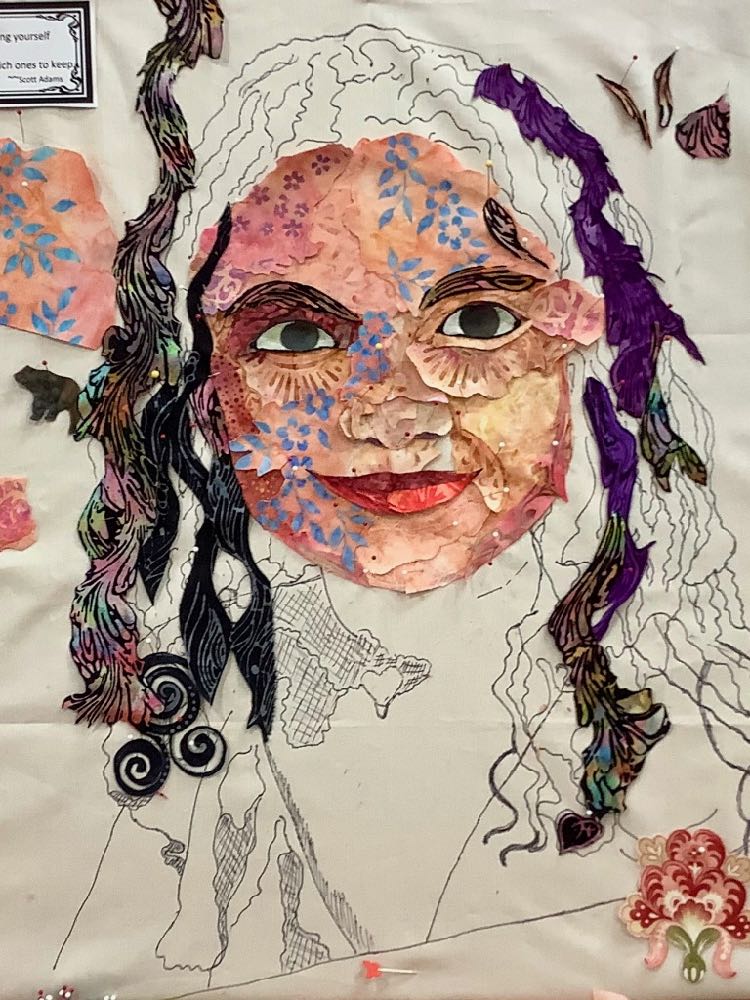
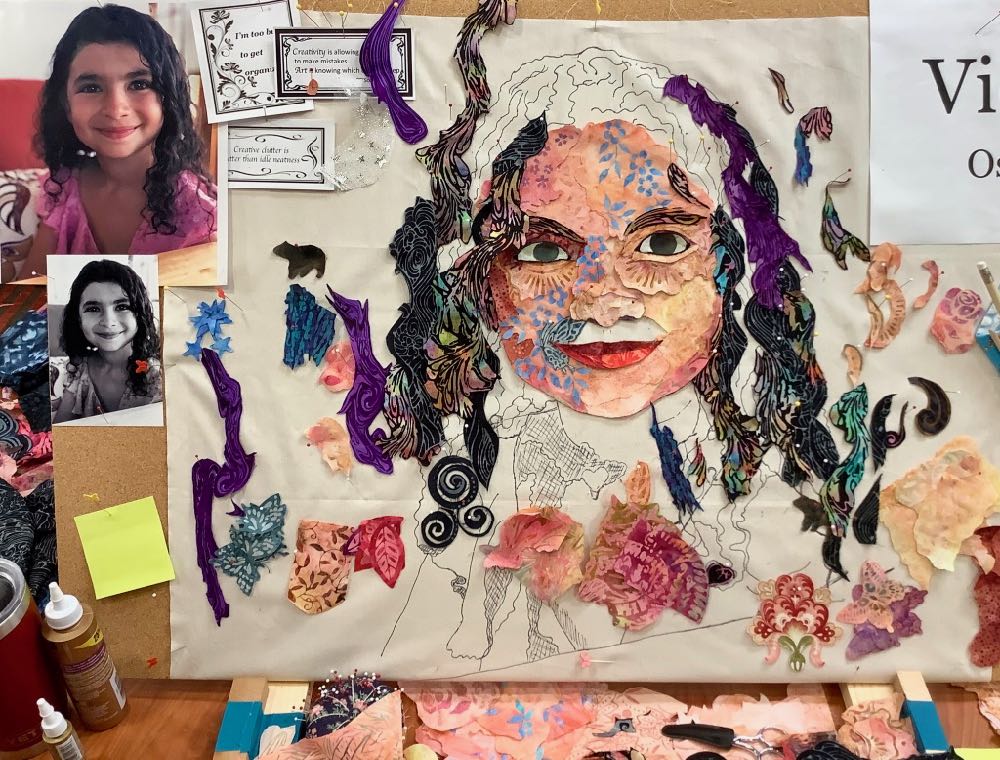
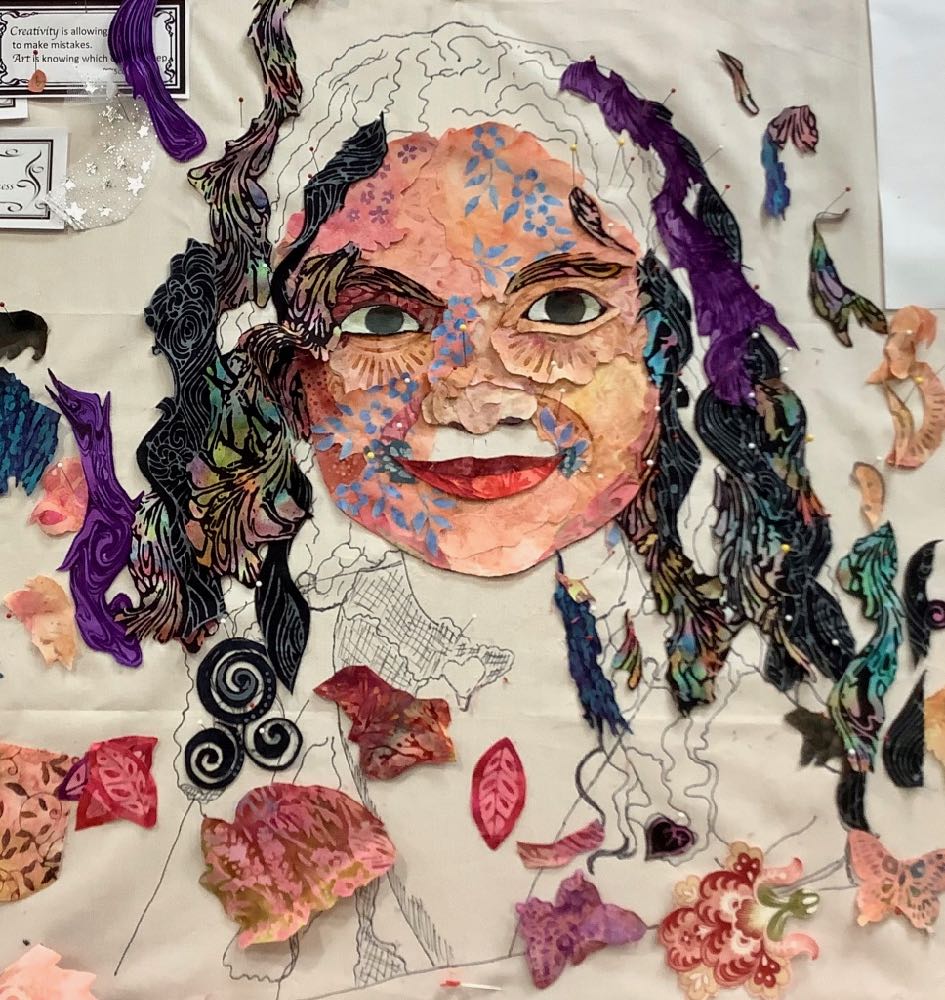
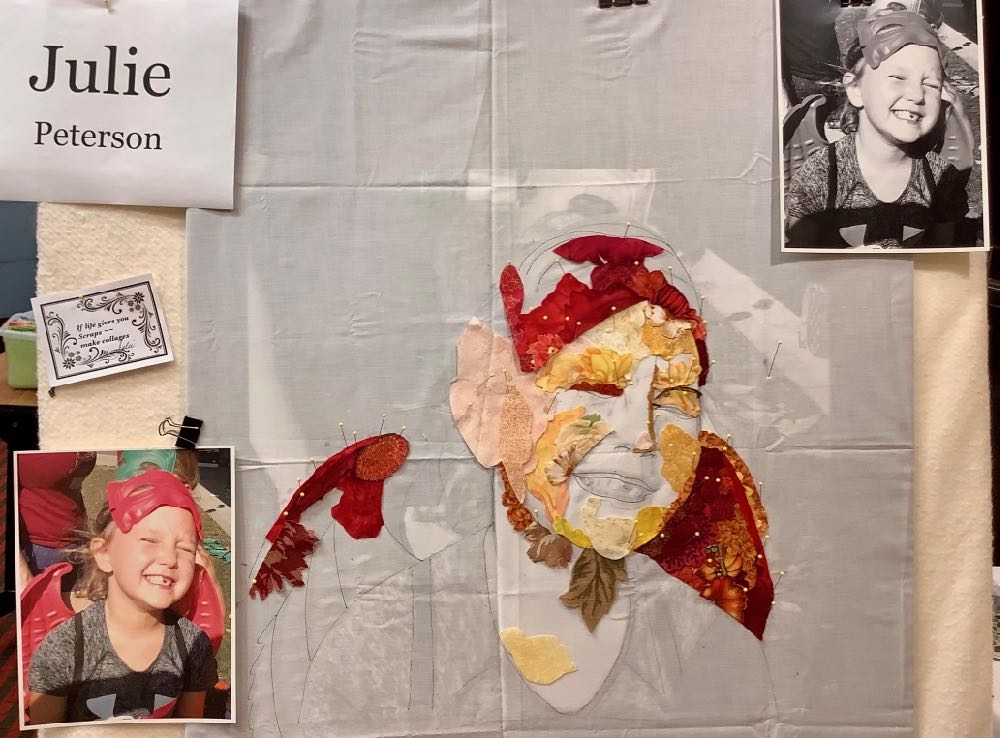
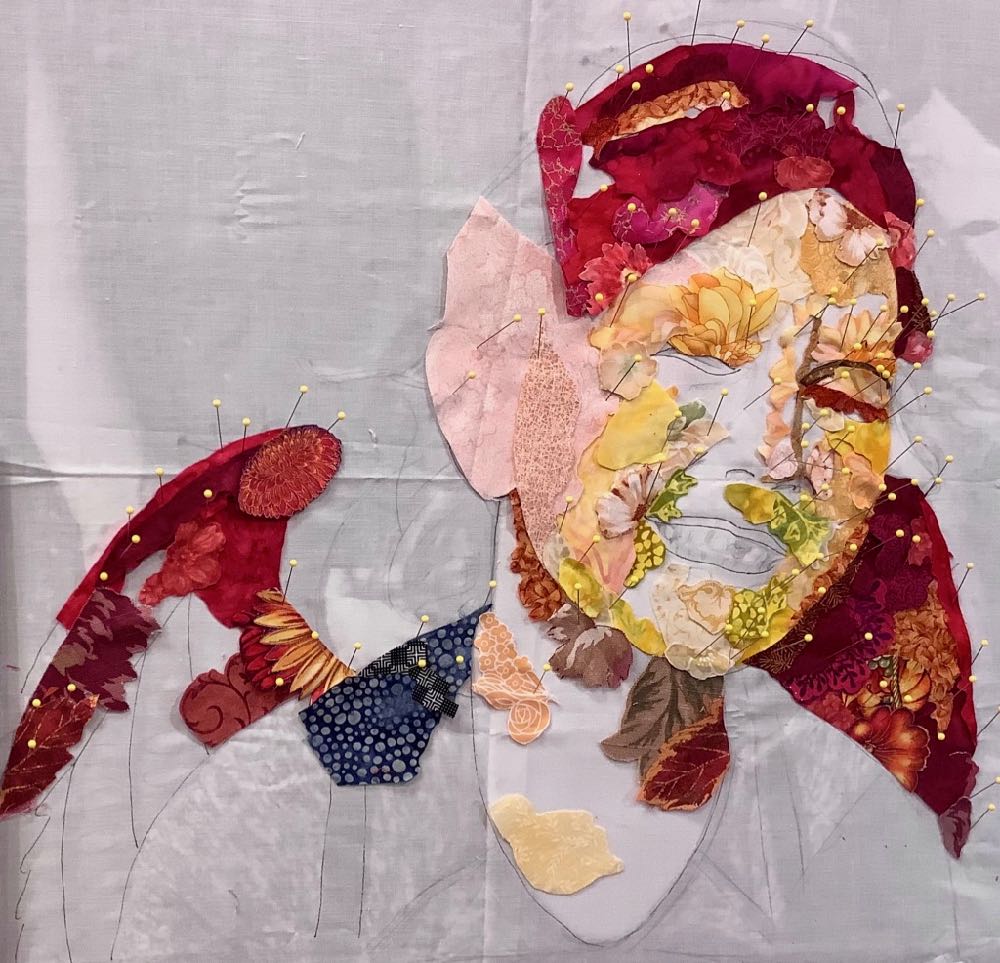
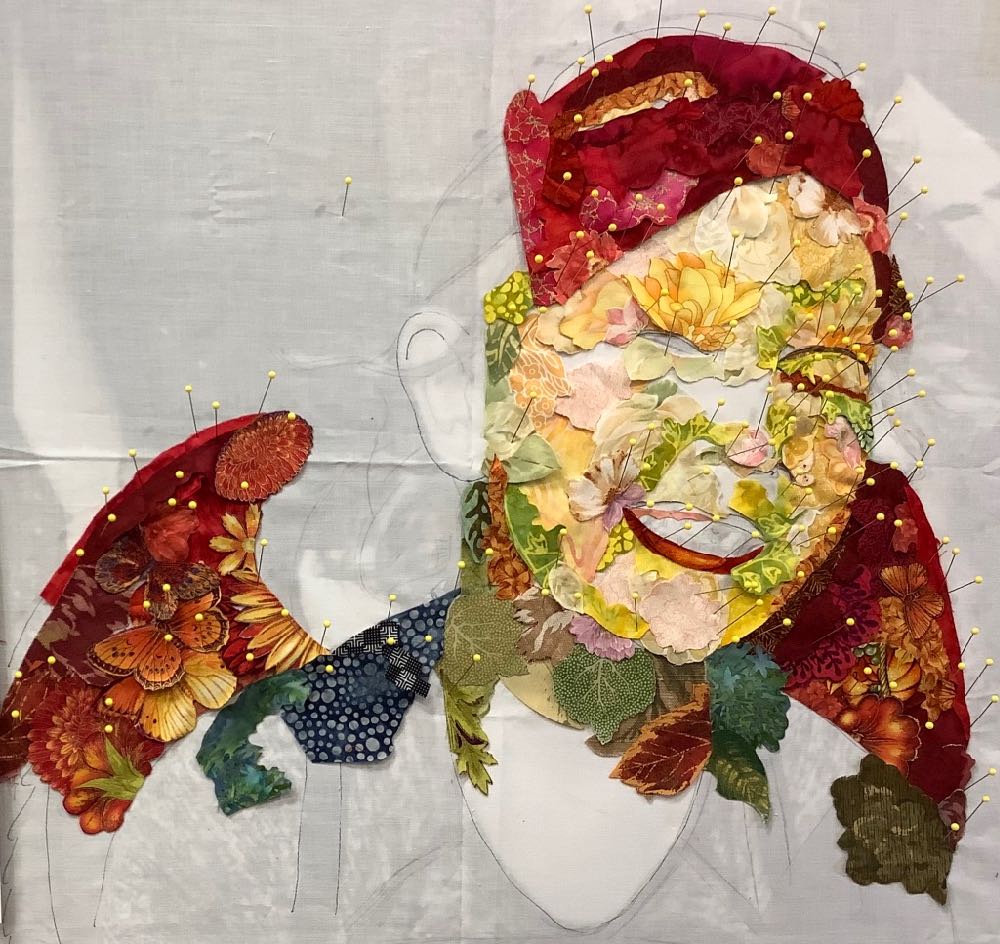
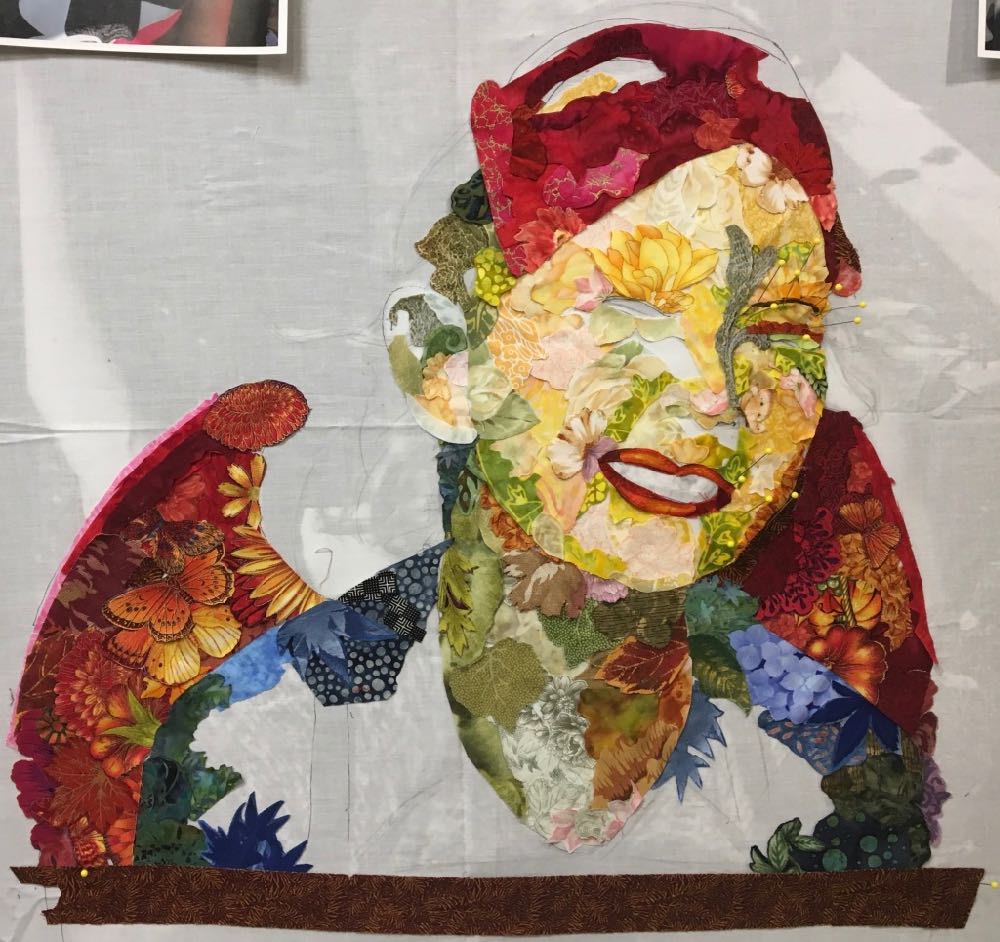
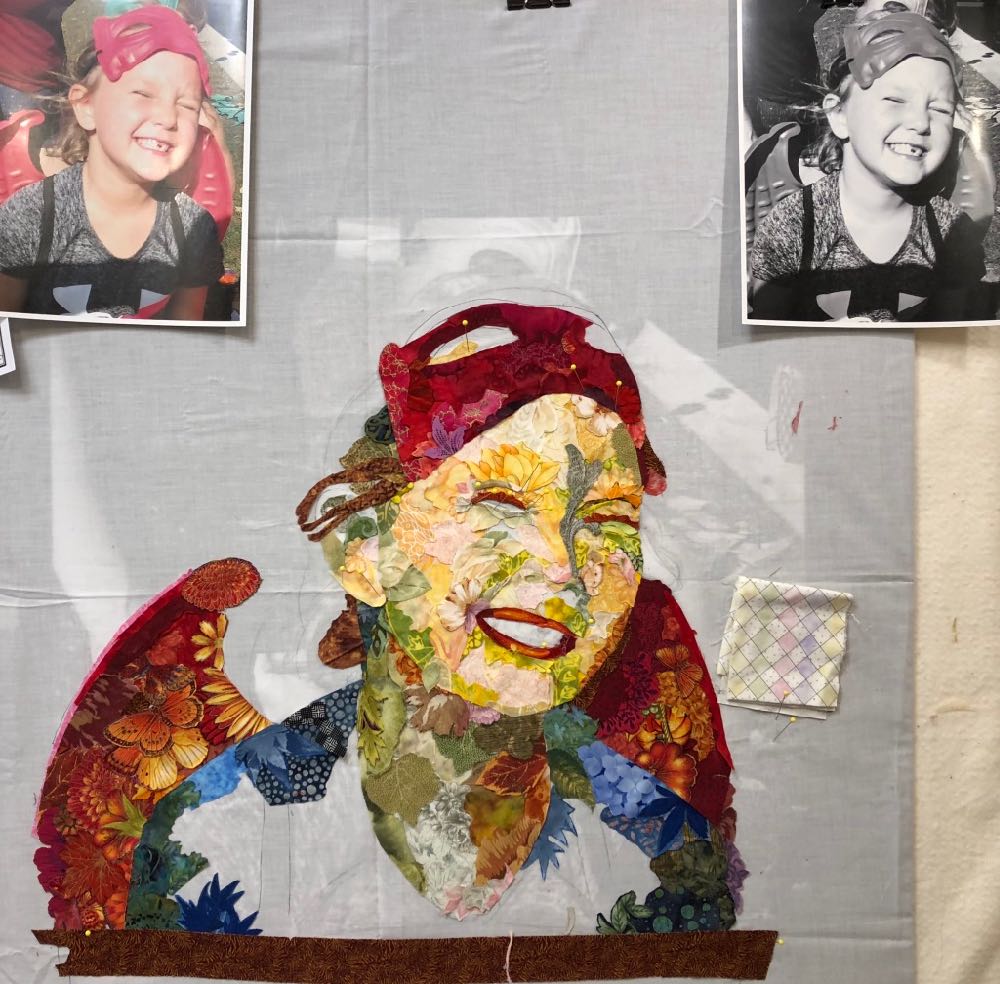
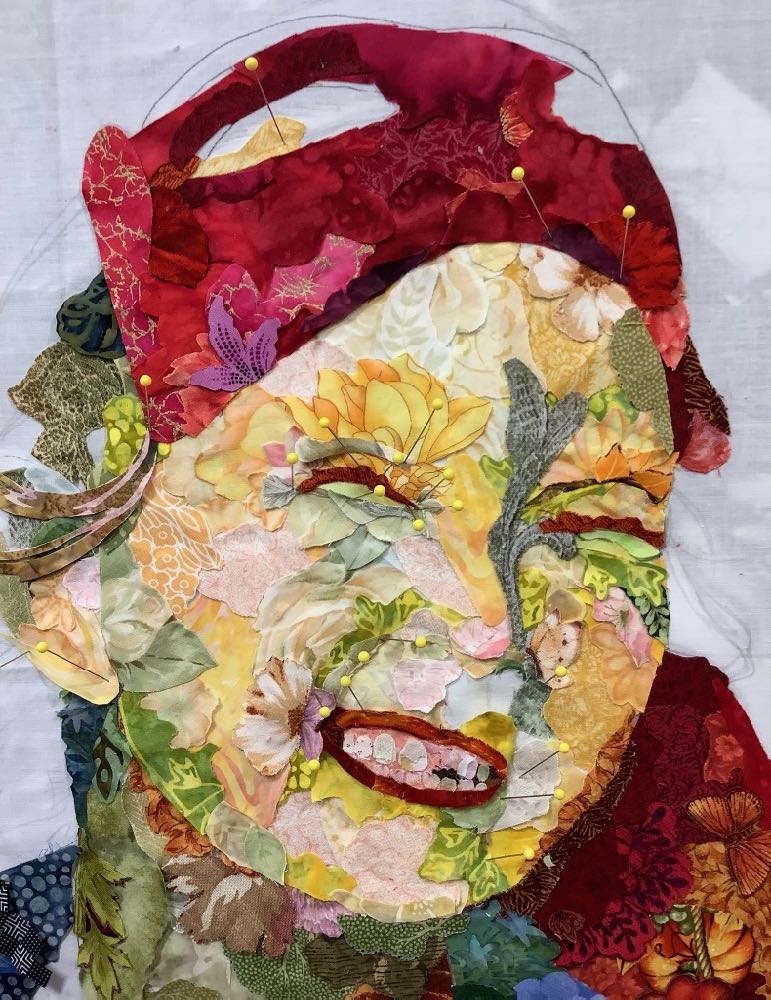
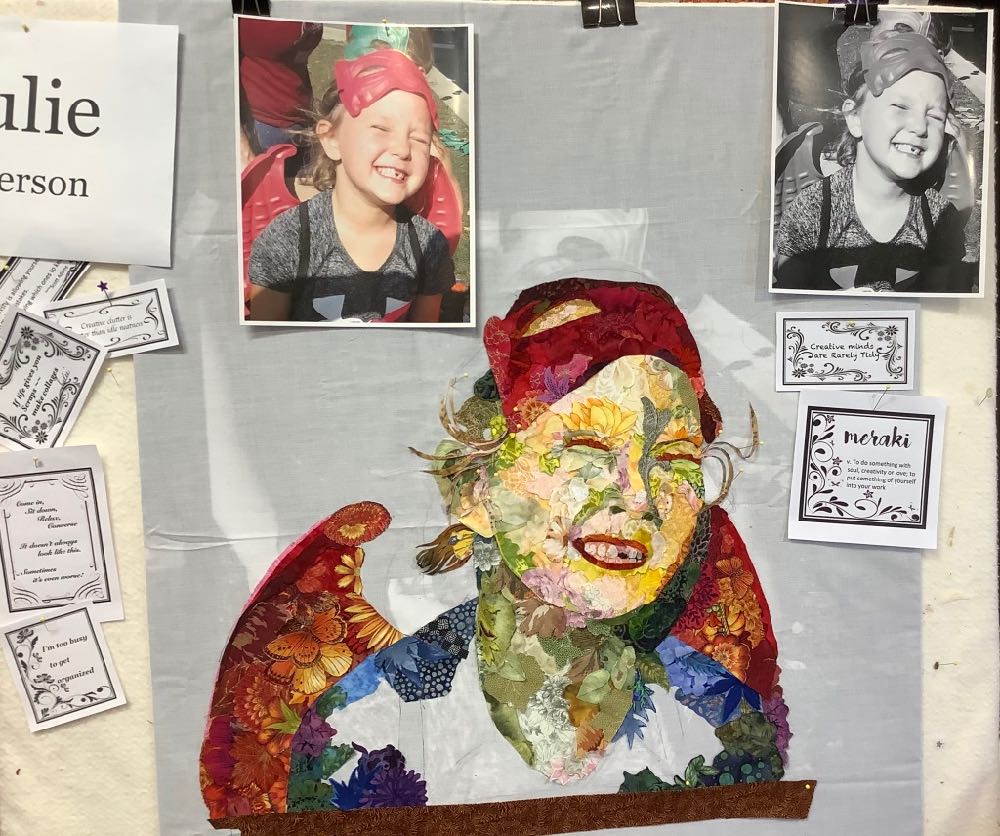
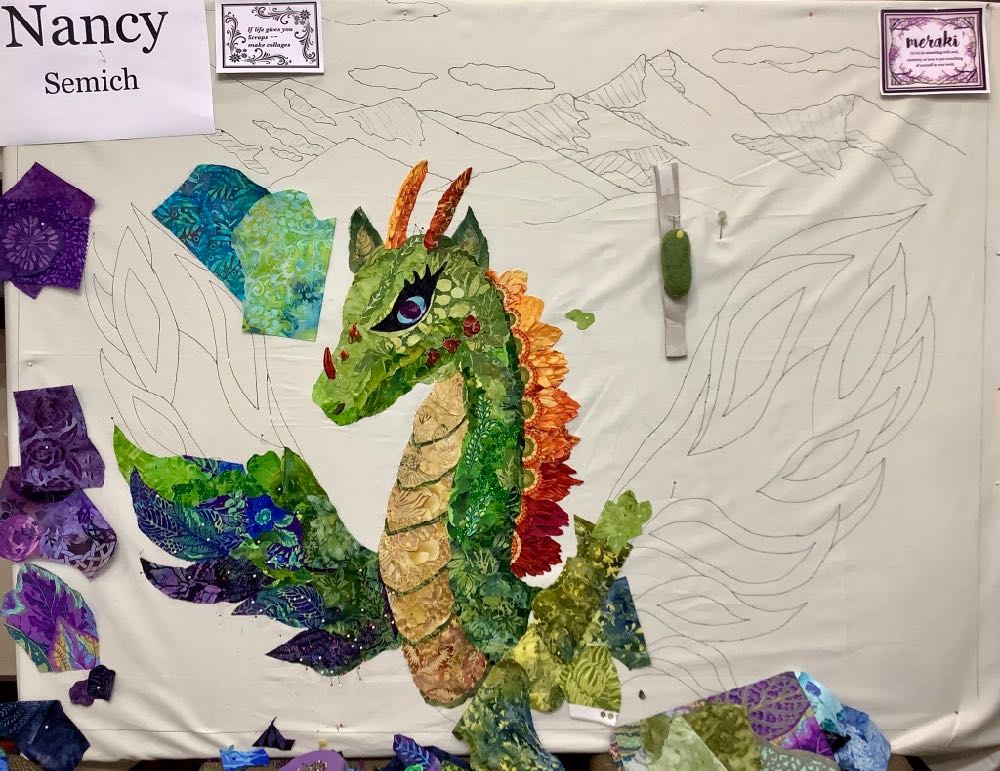
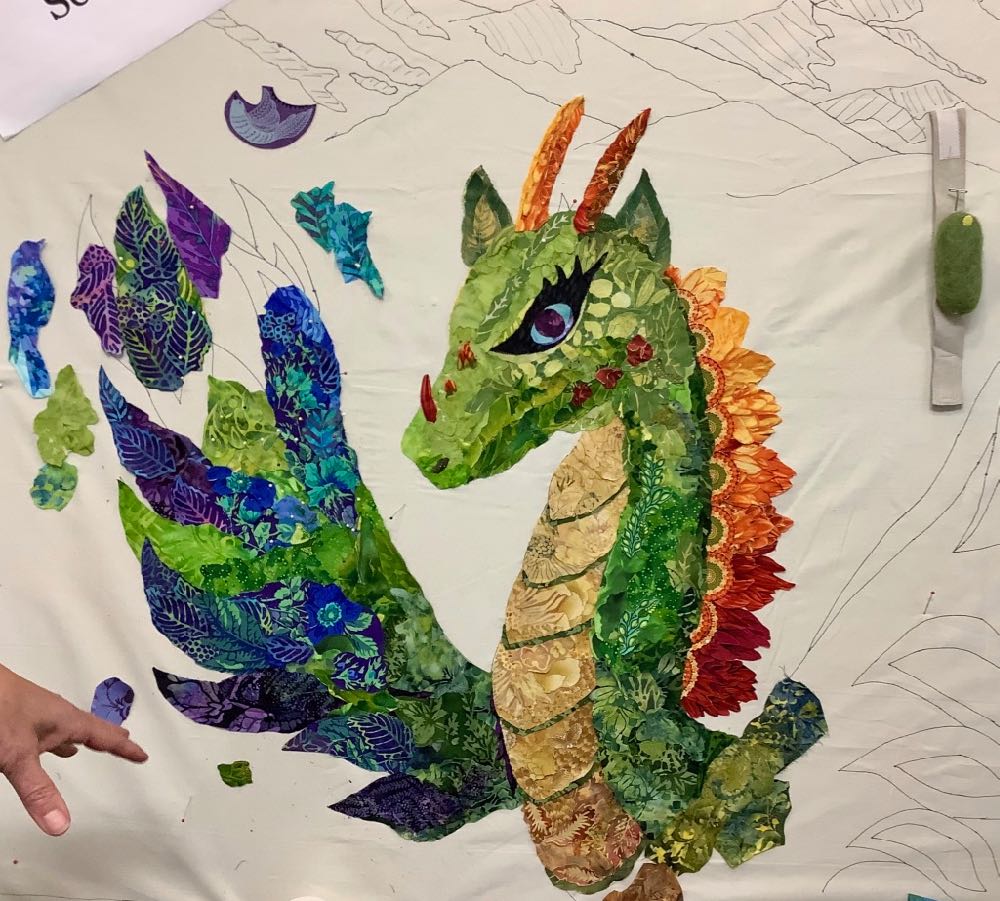
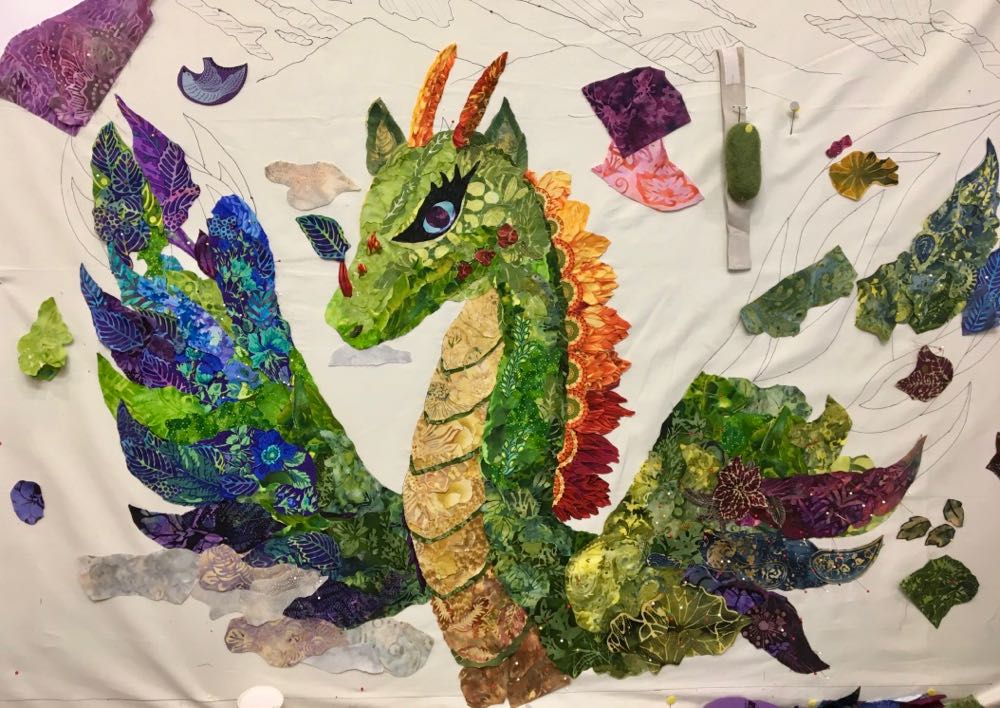
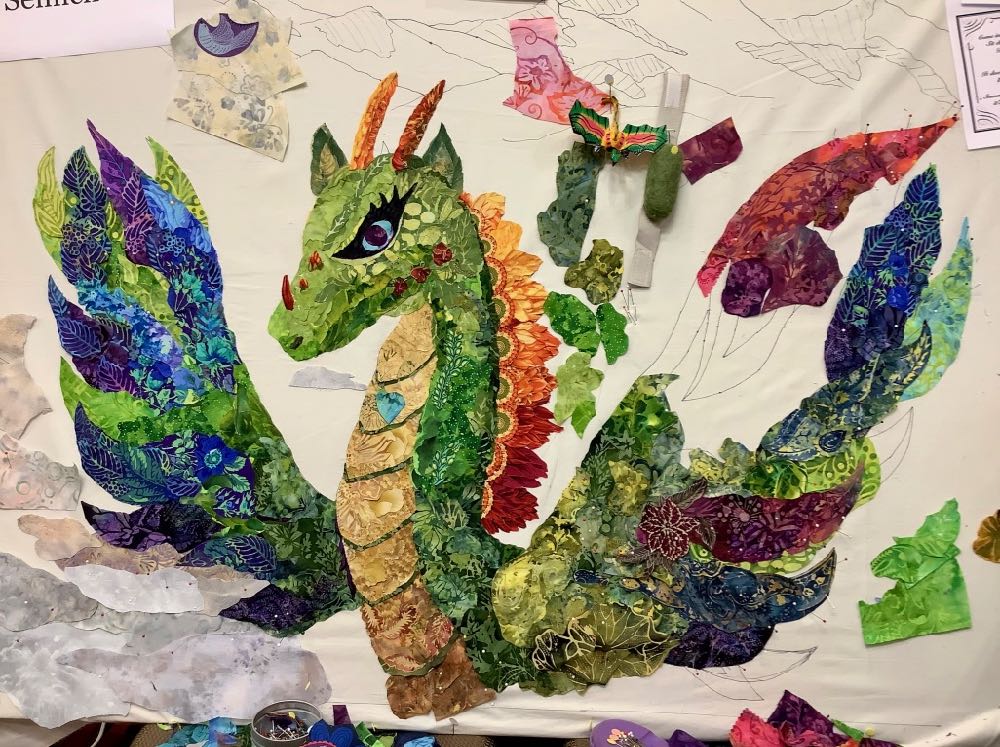
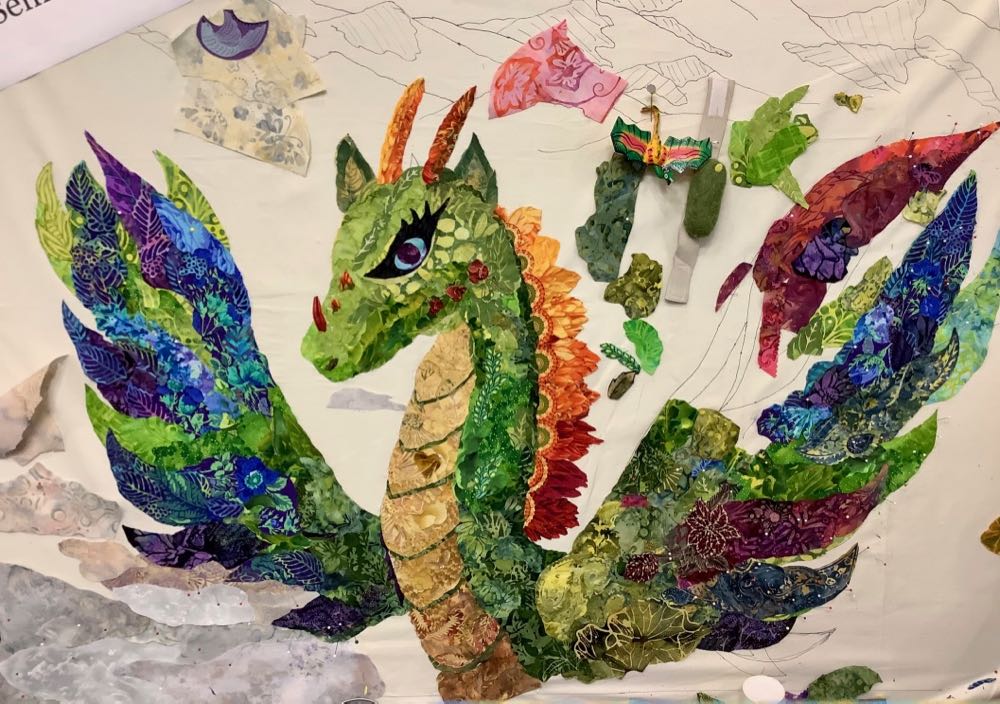
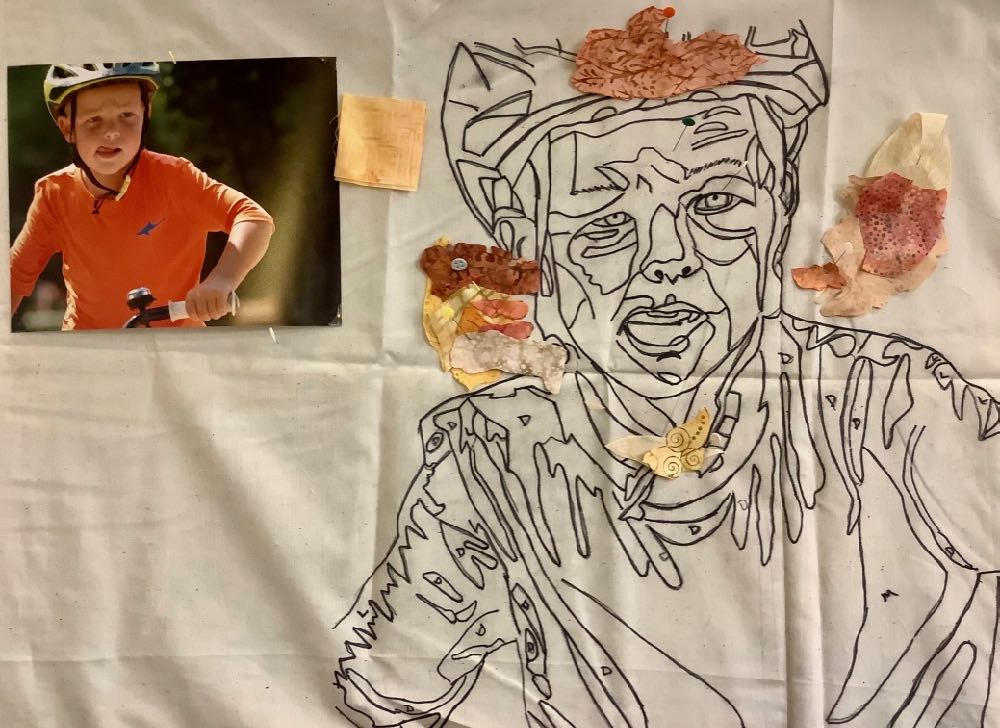


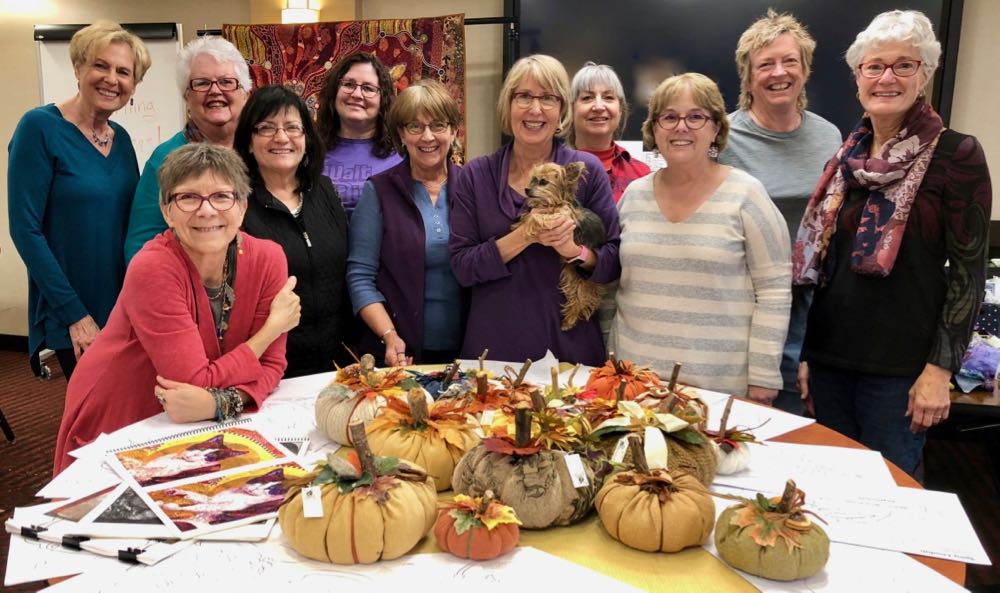










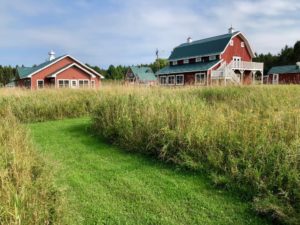


4 Comments